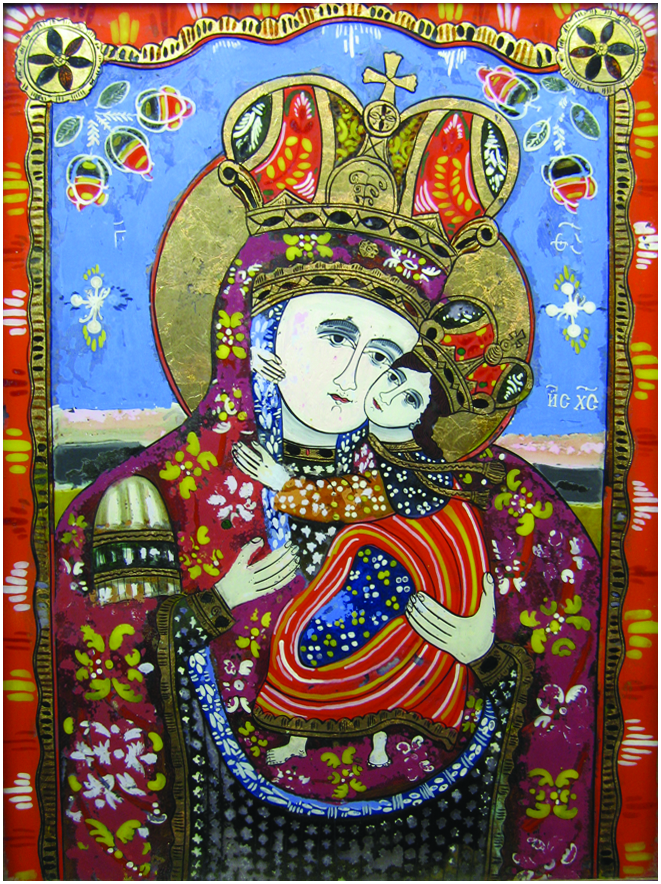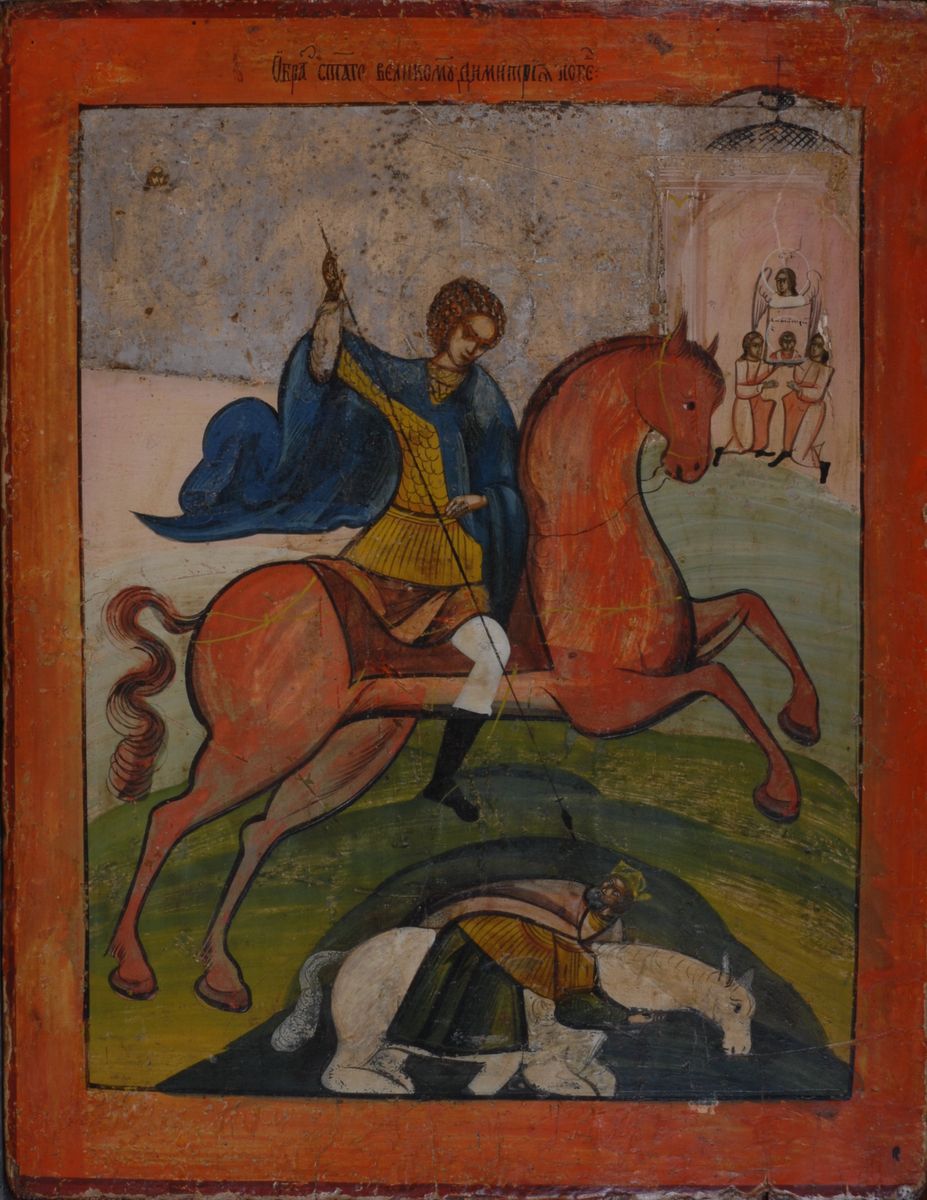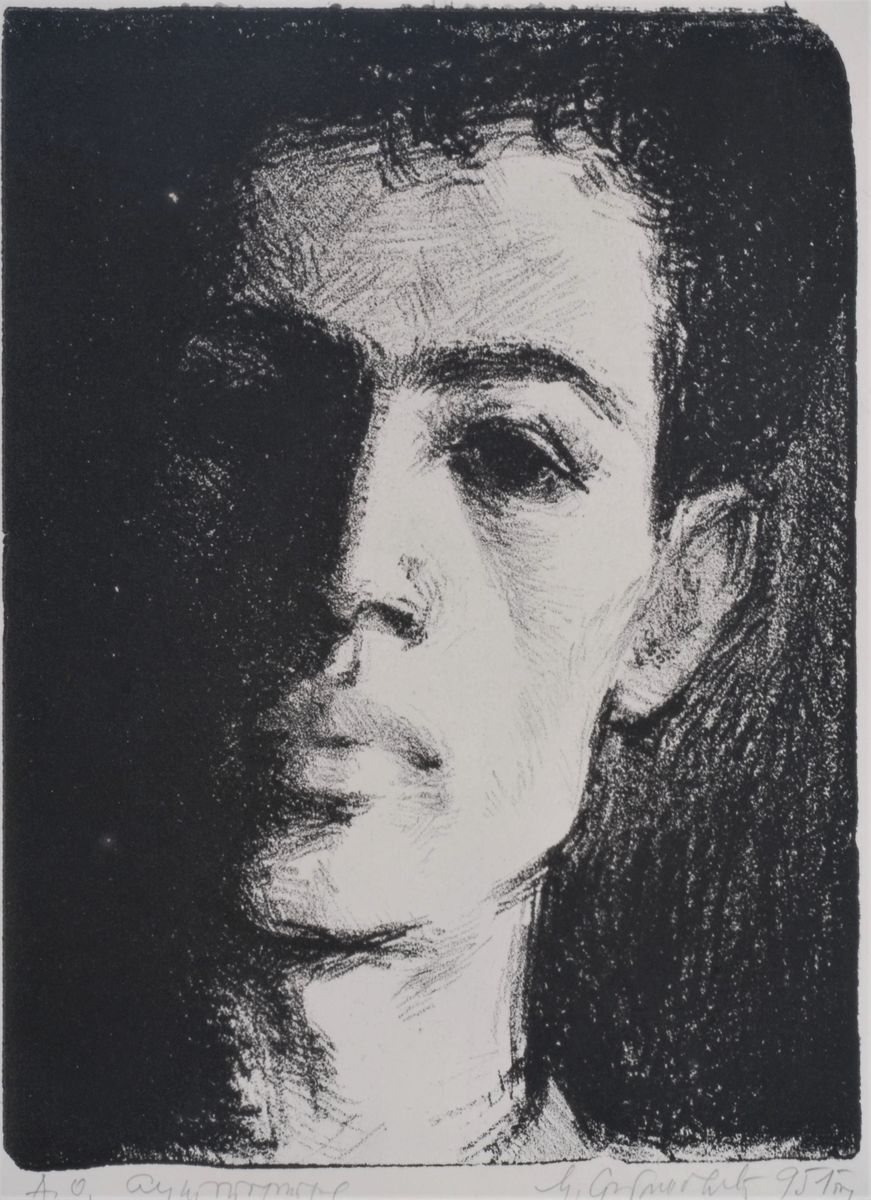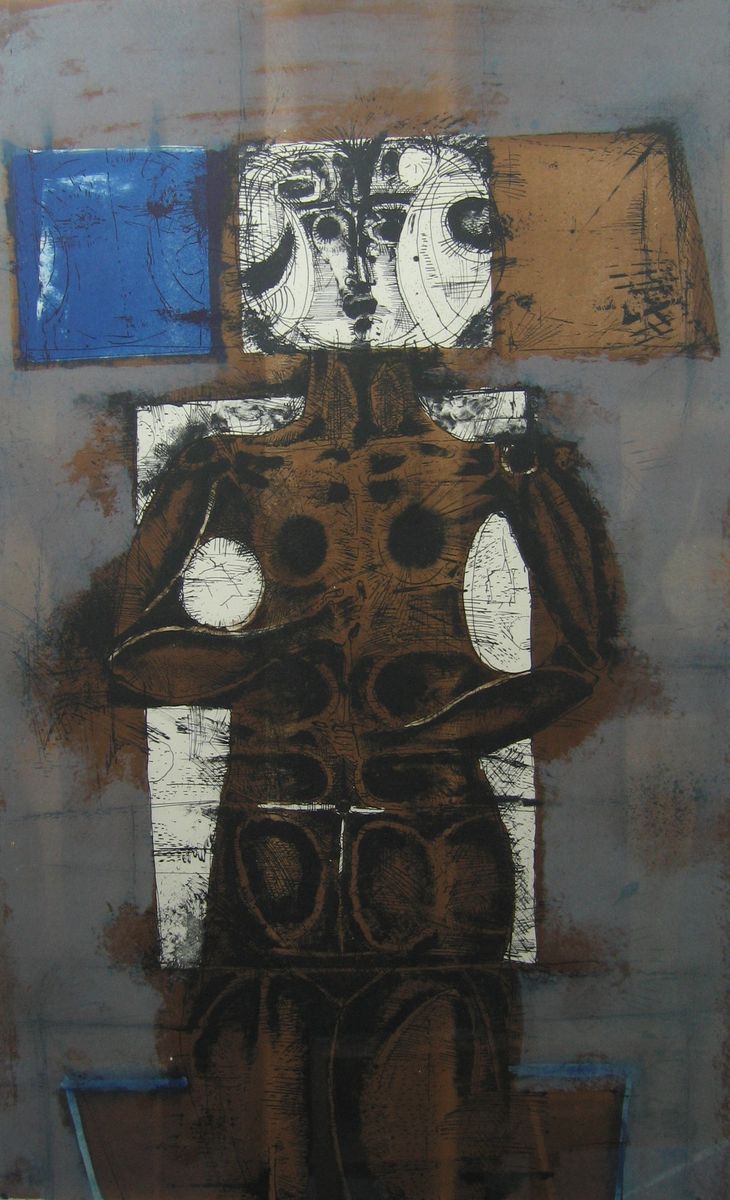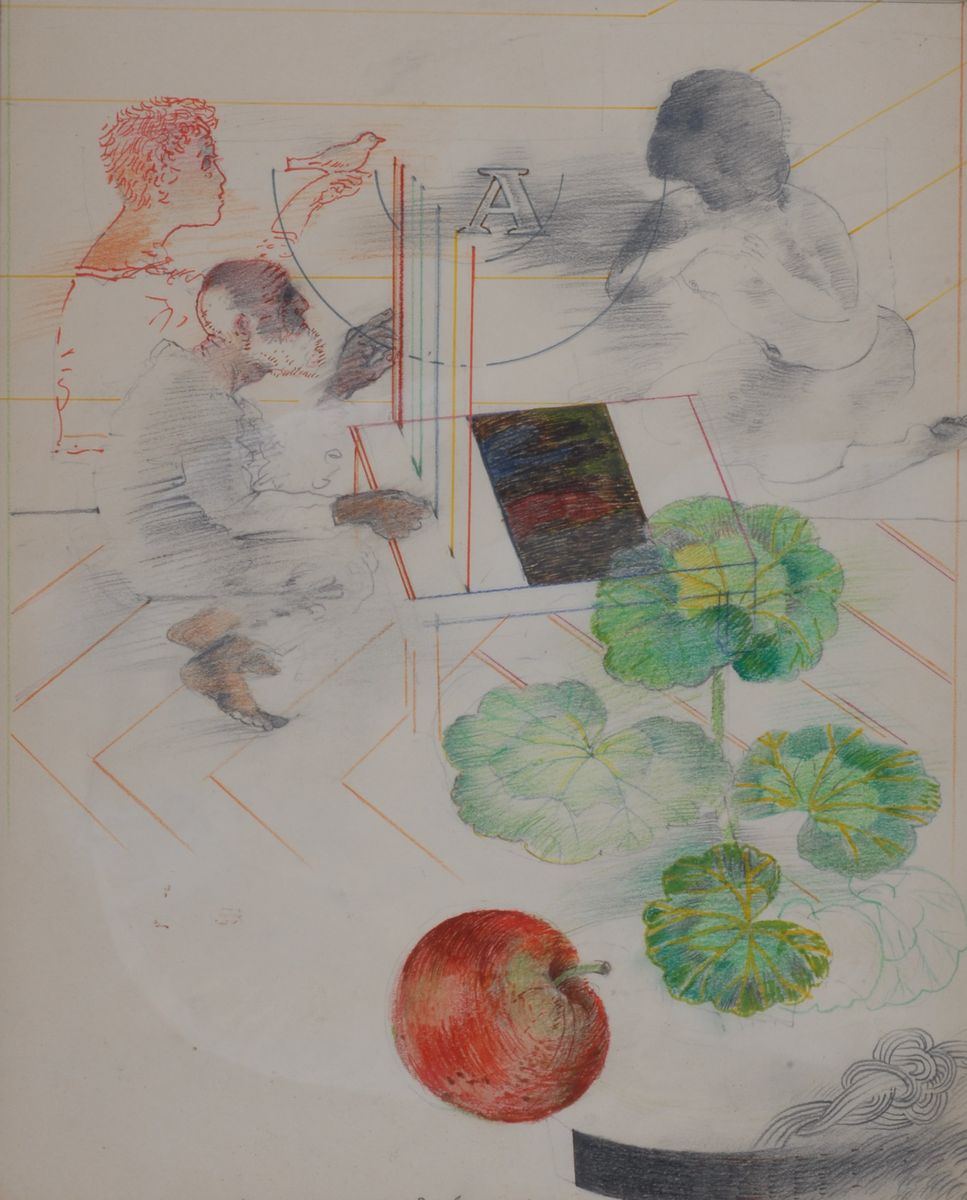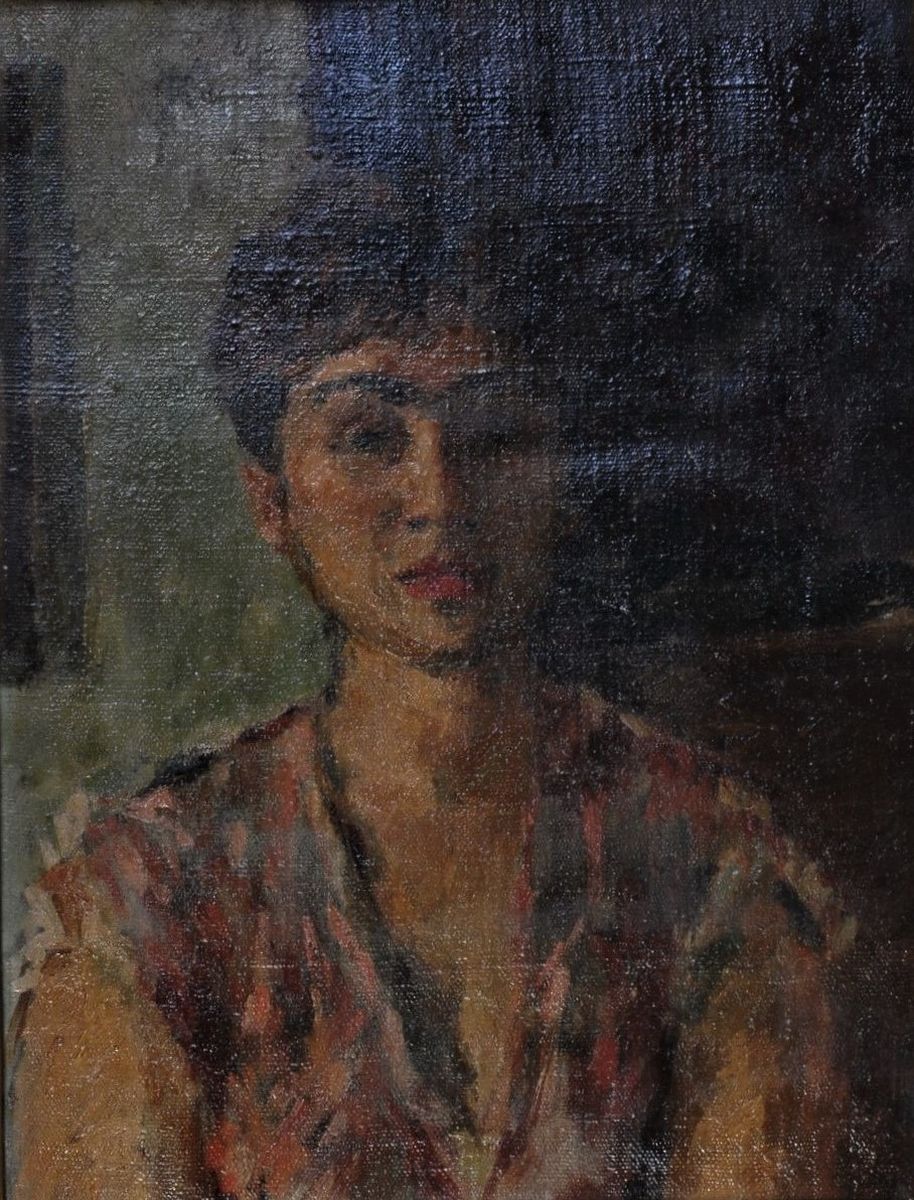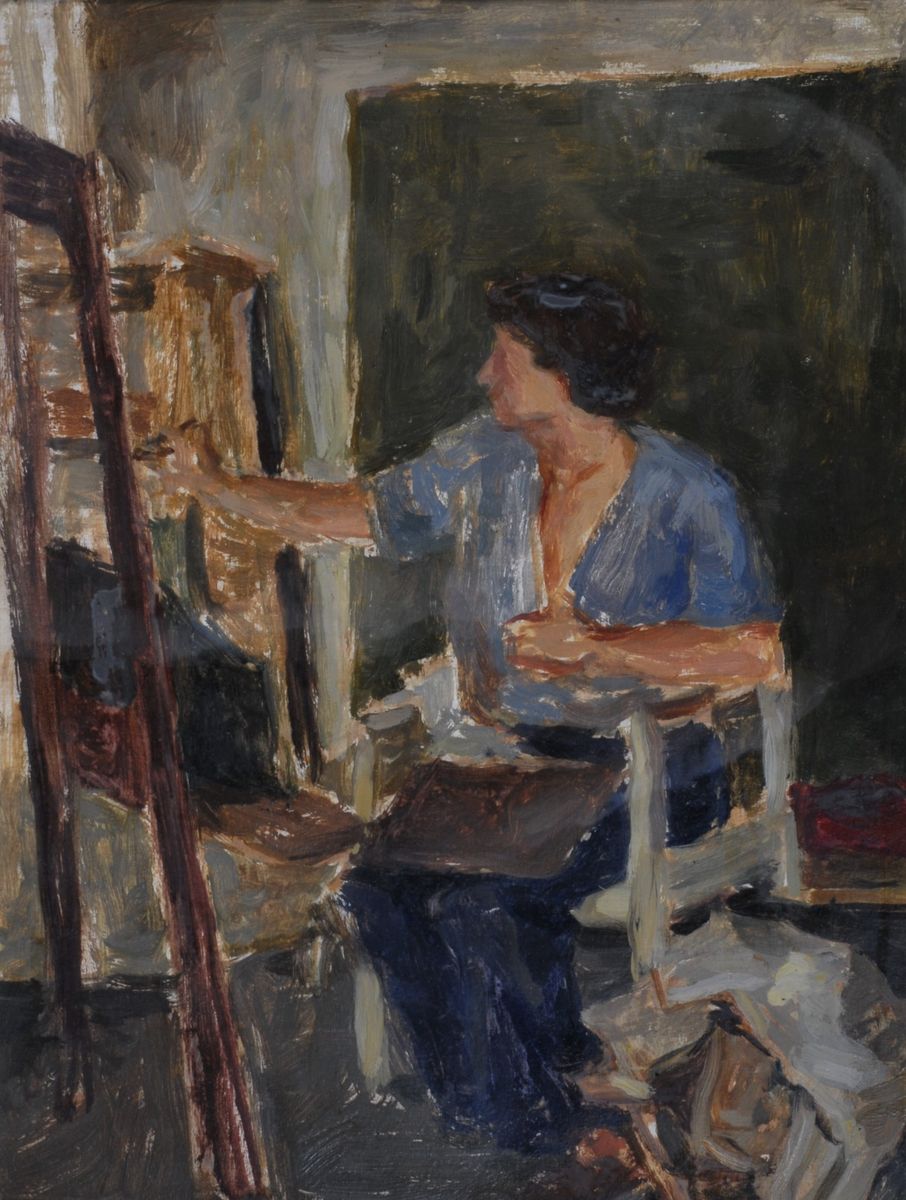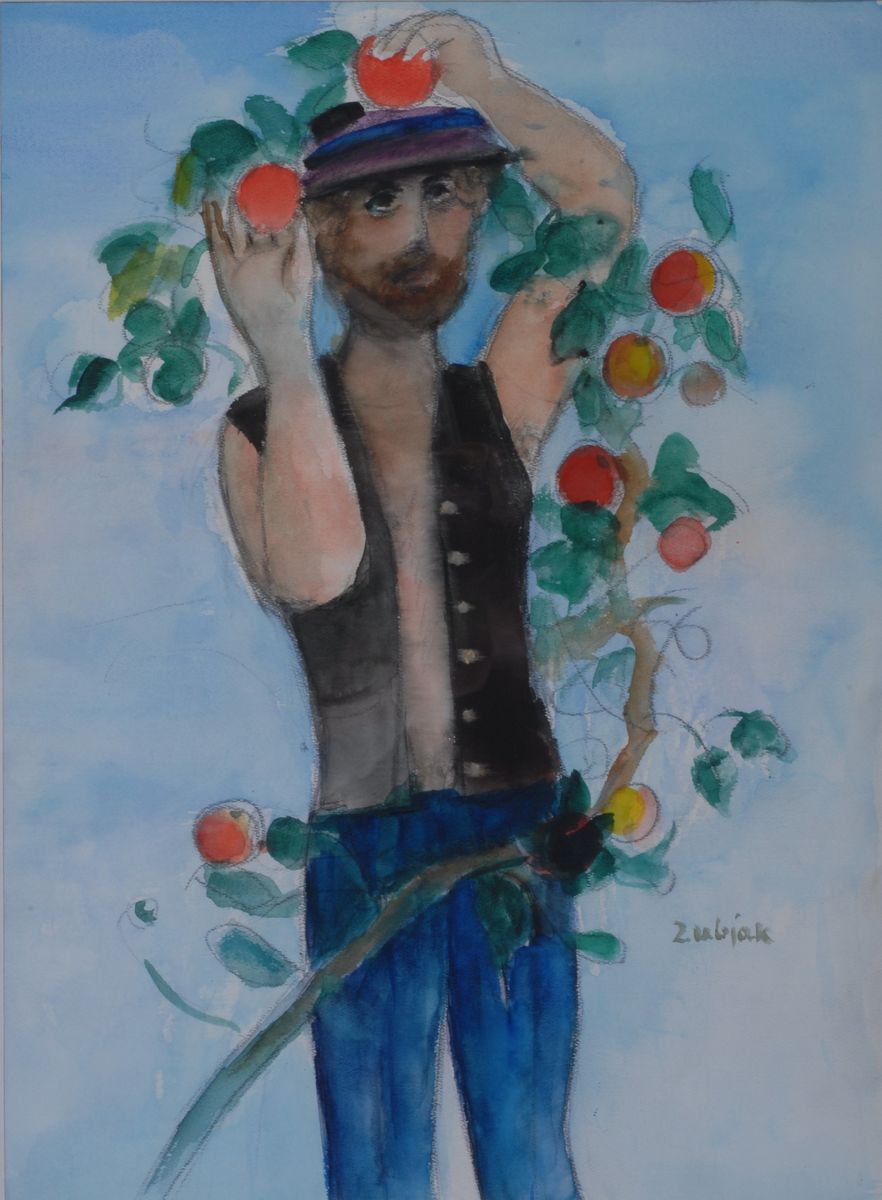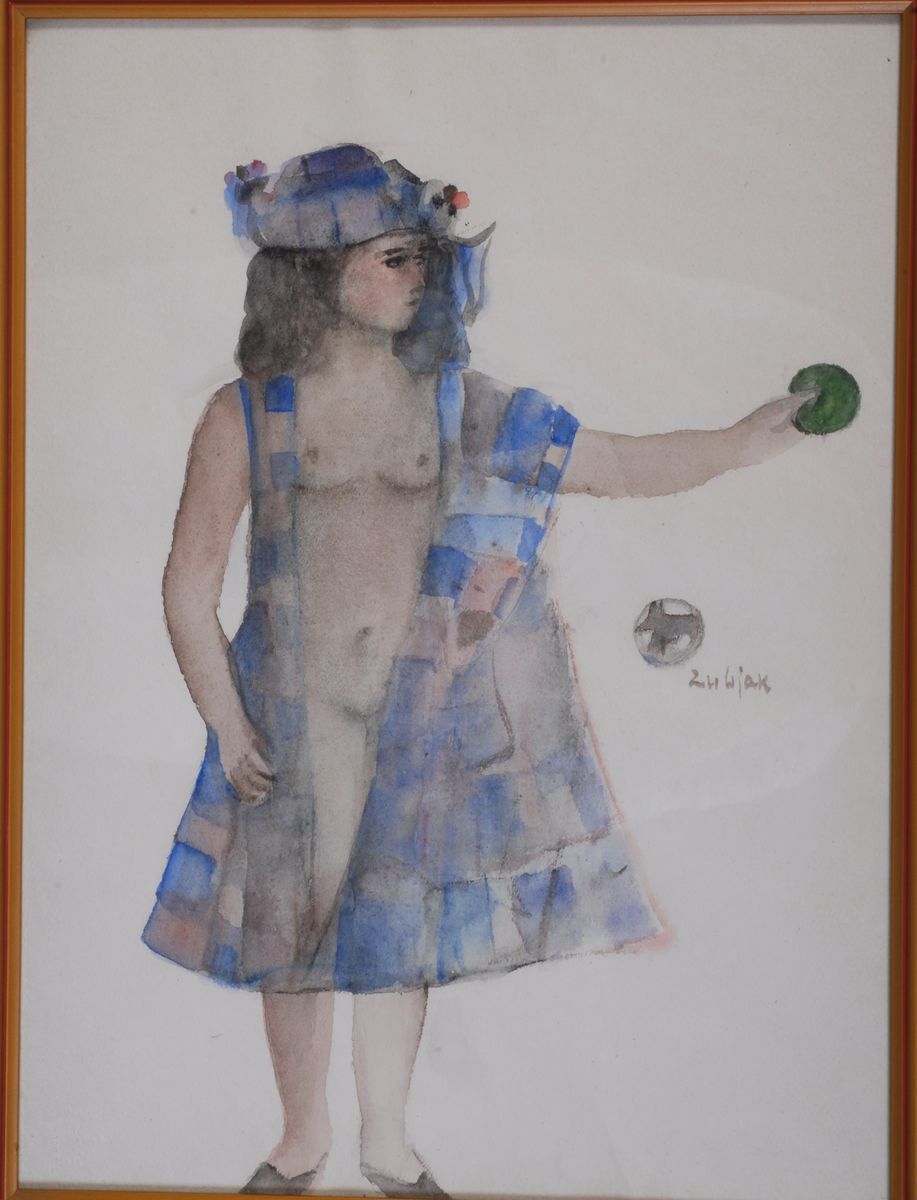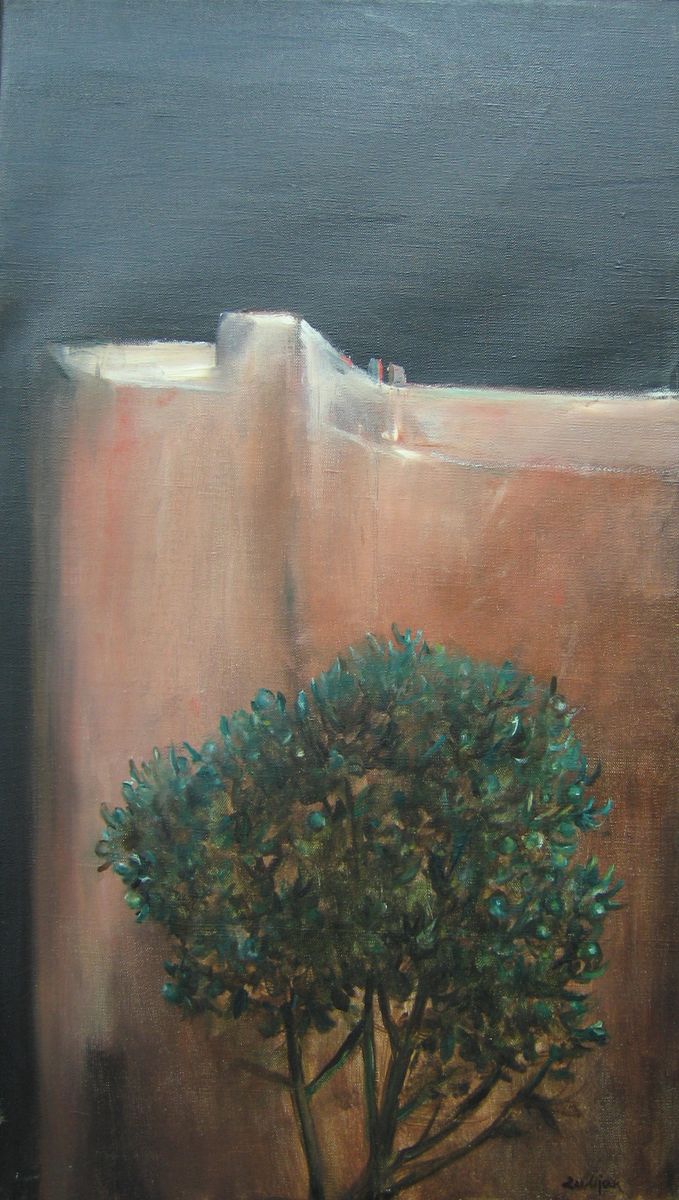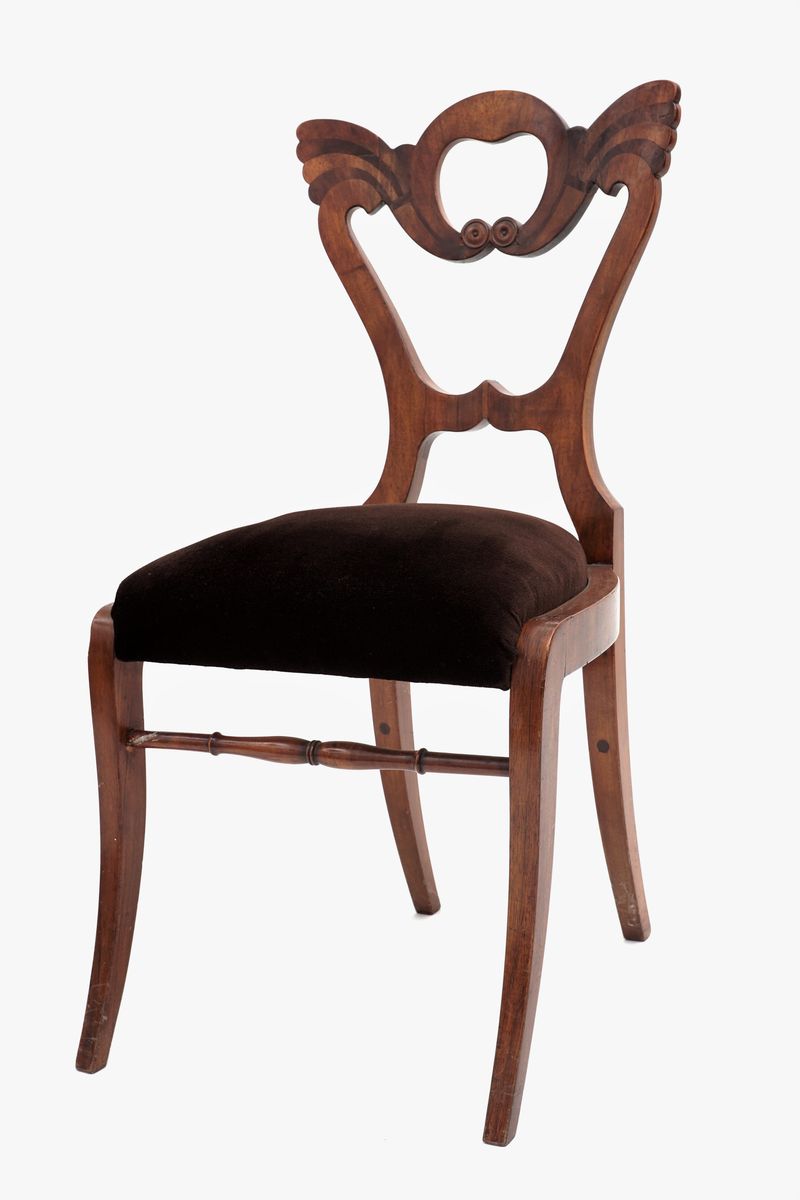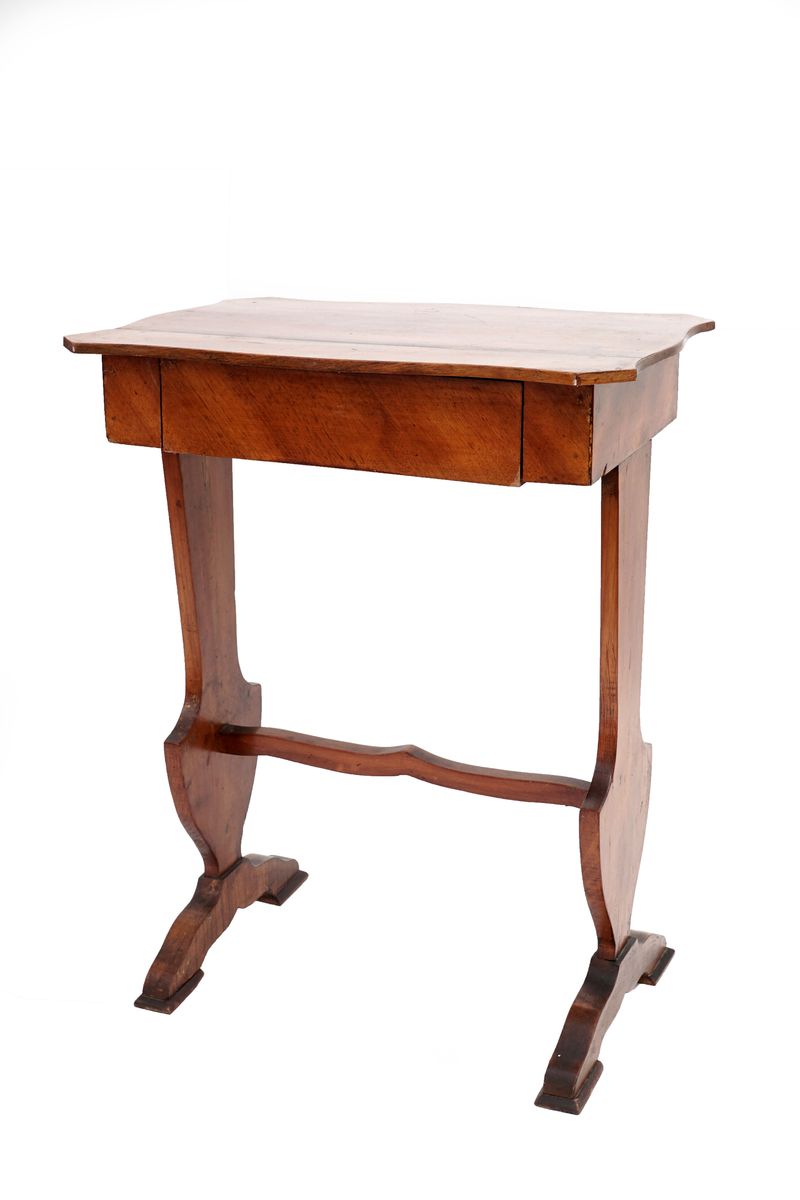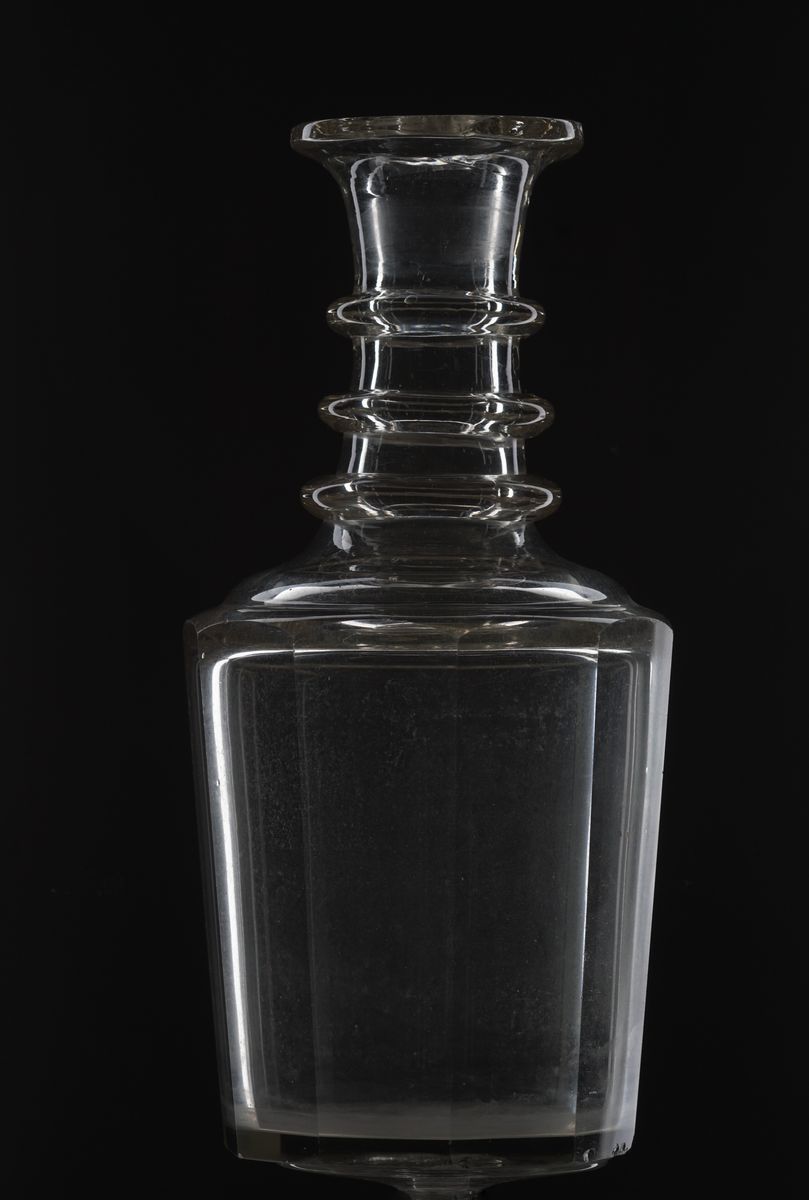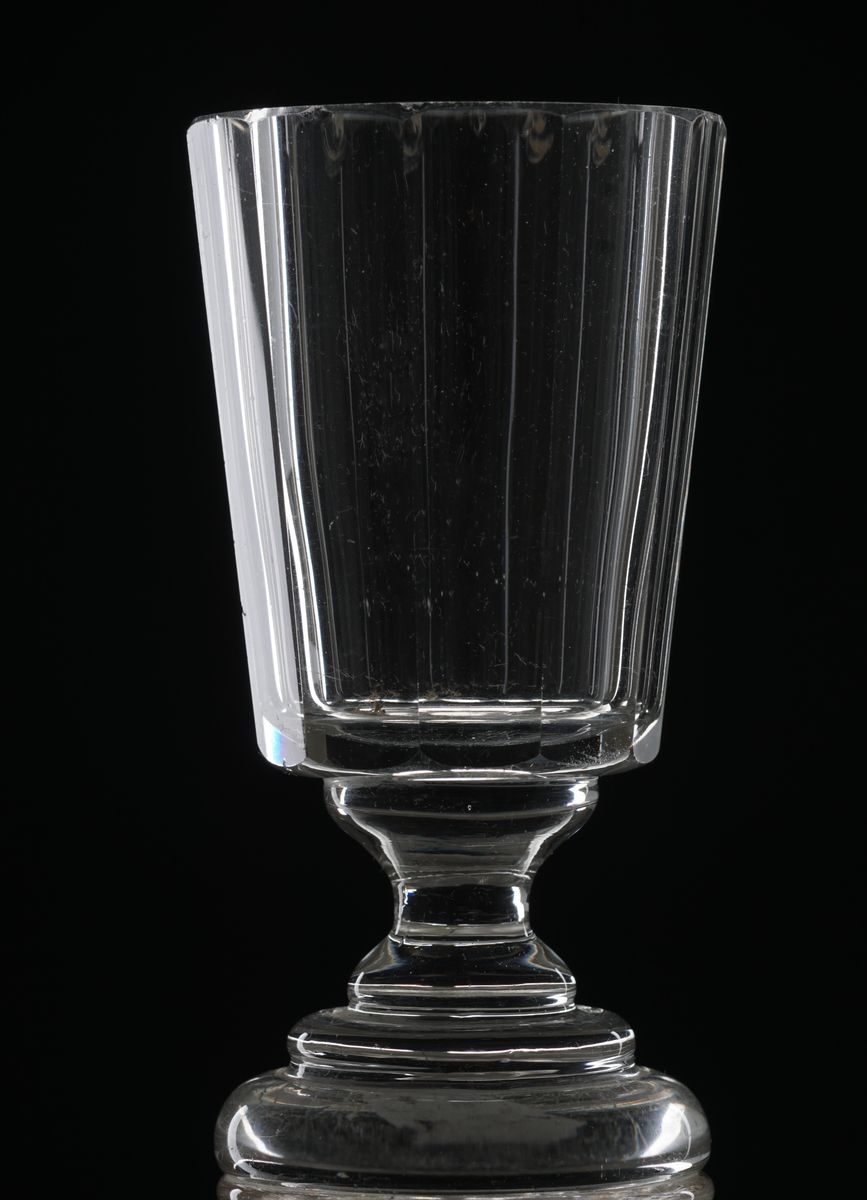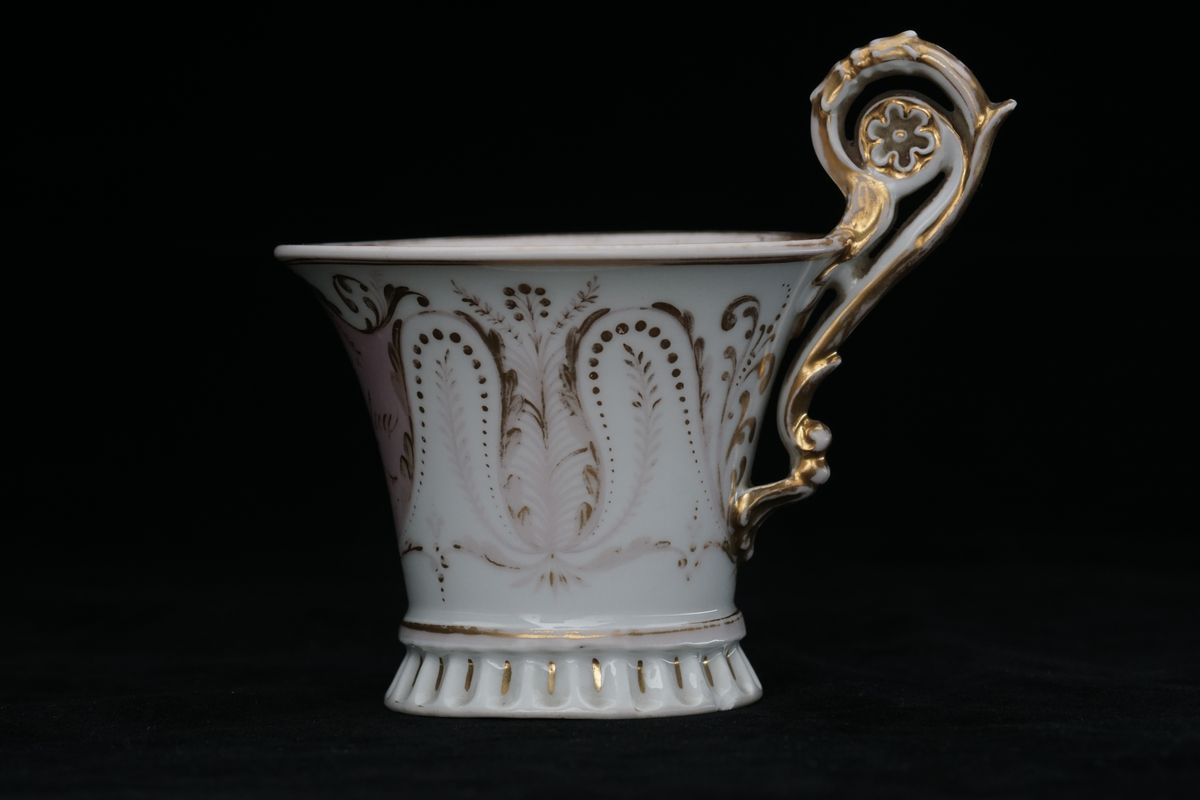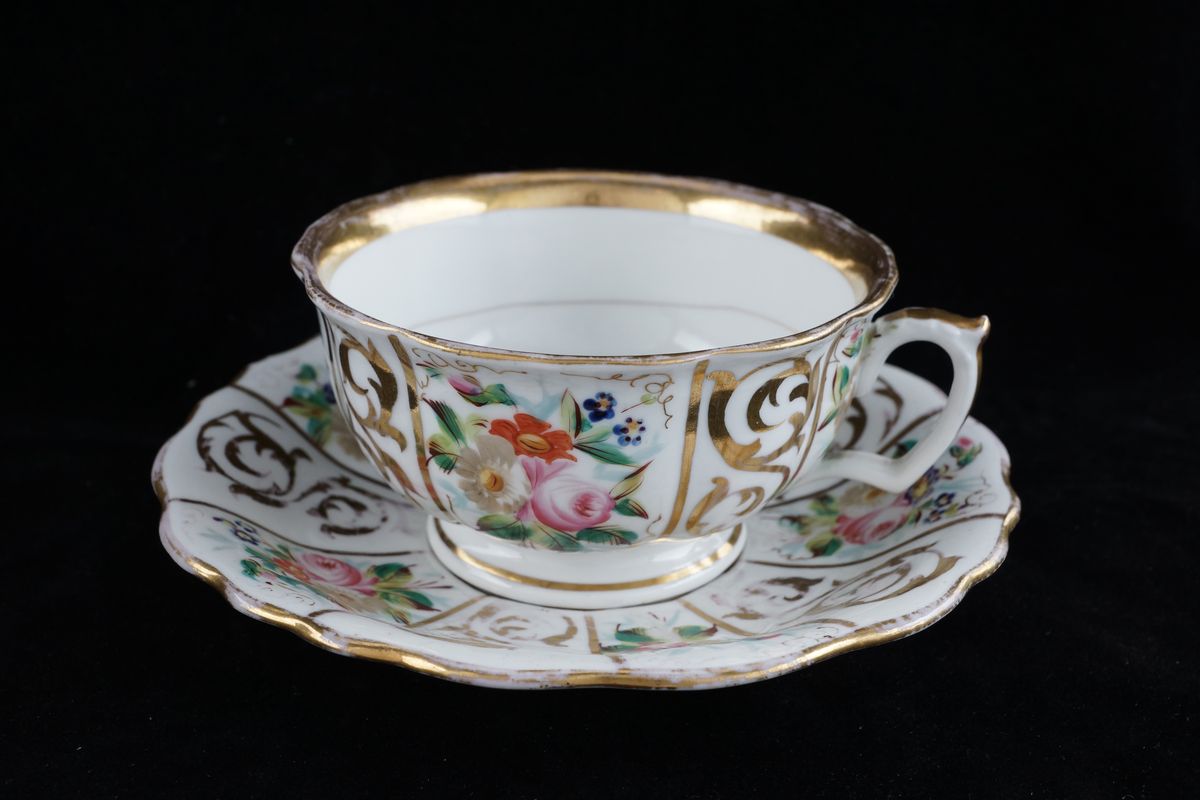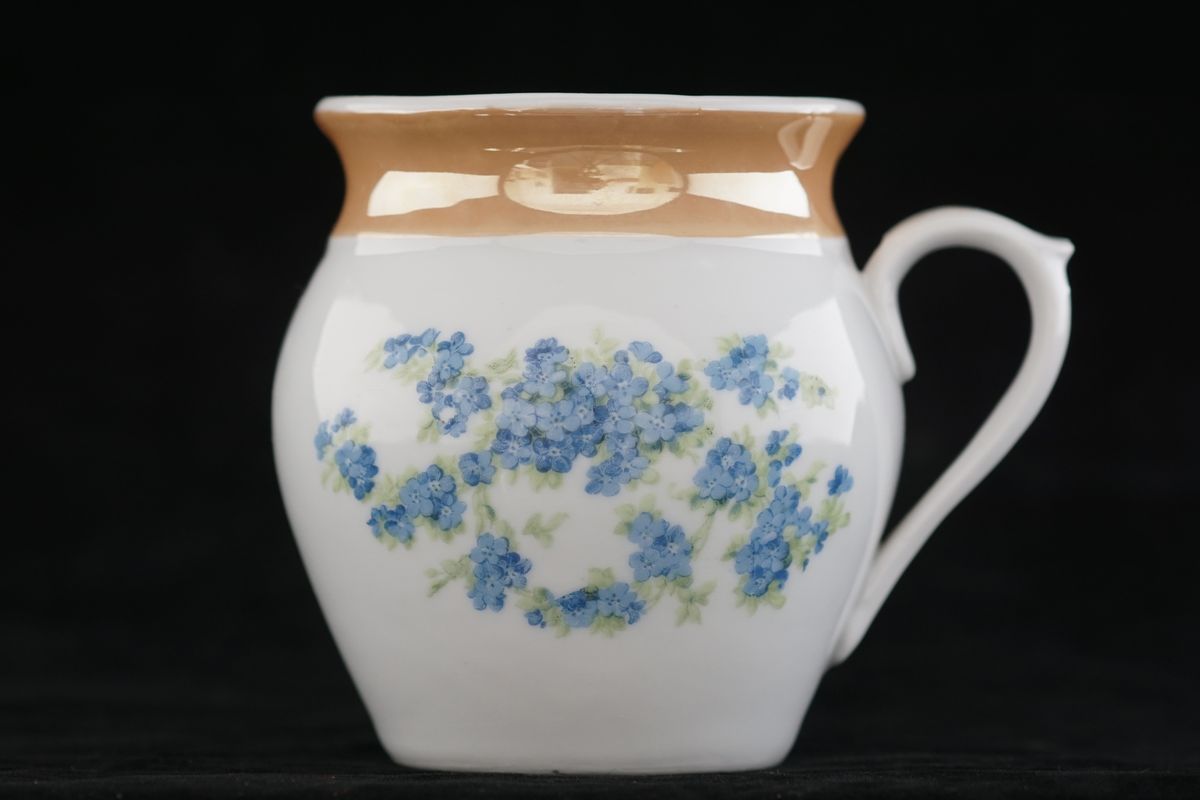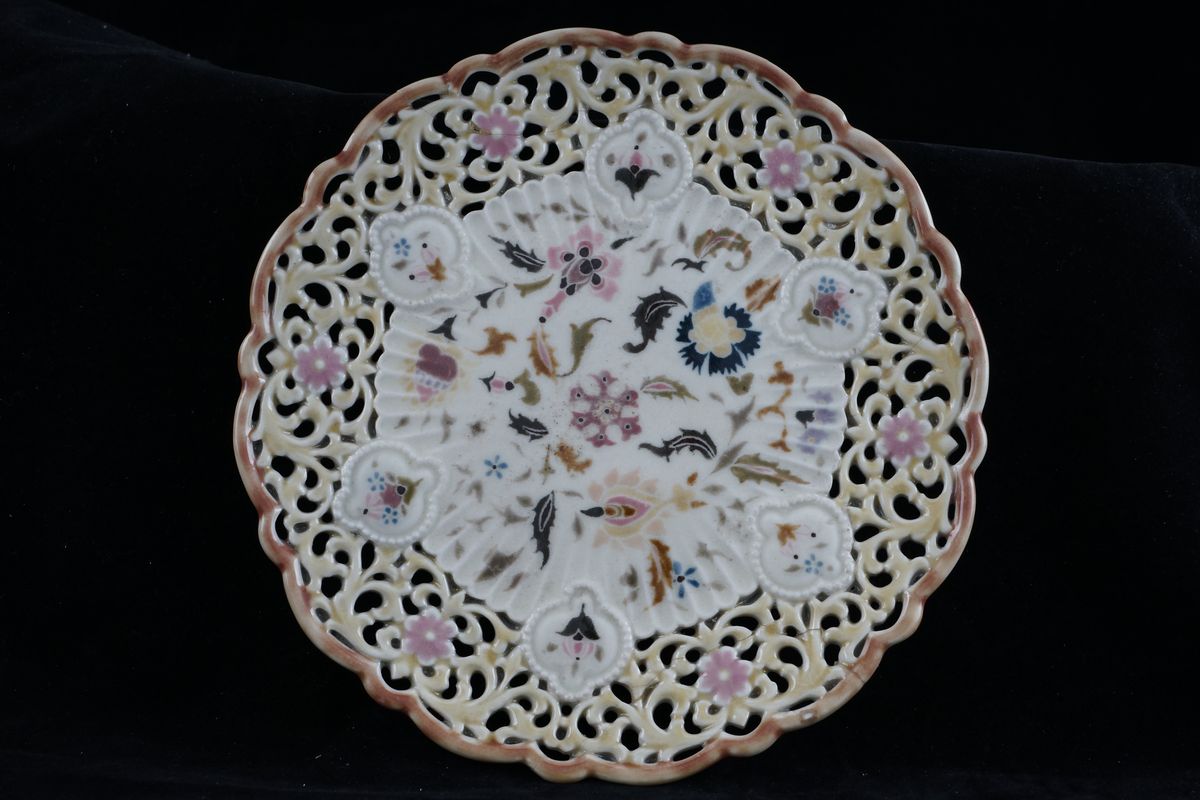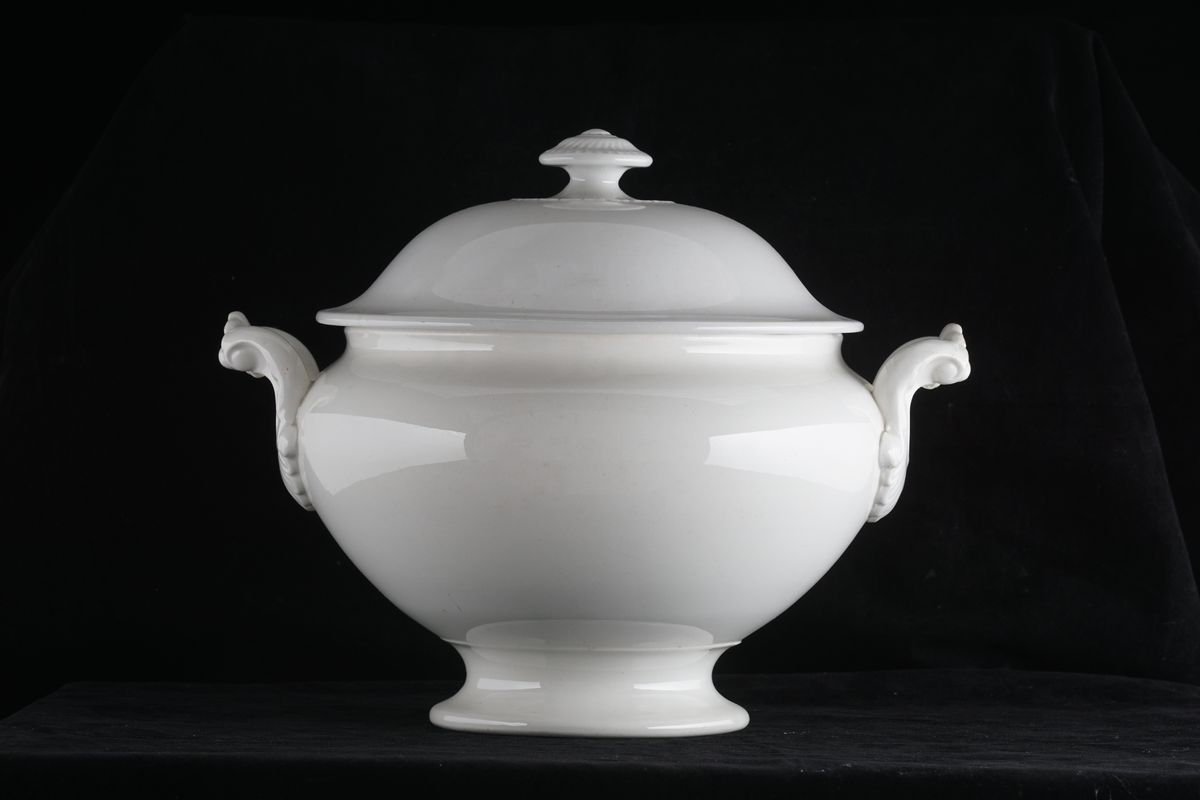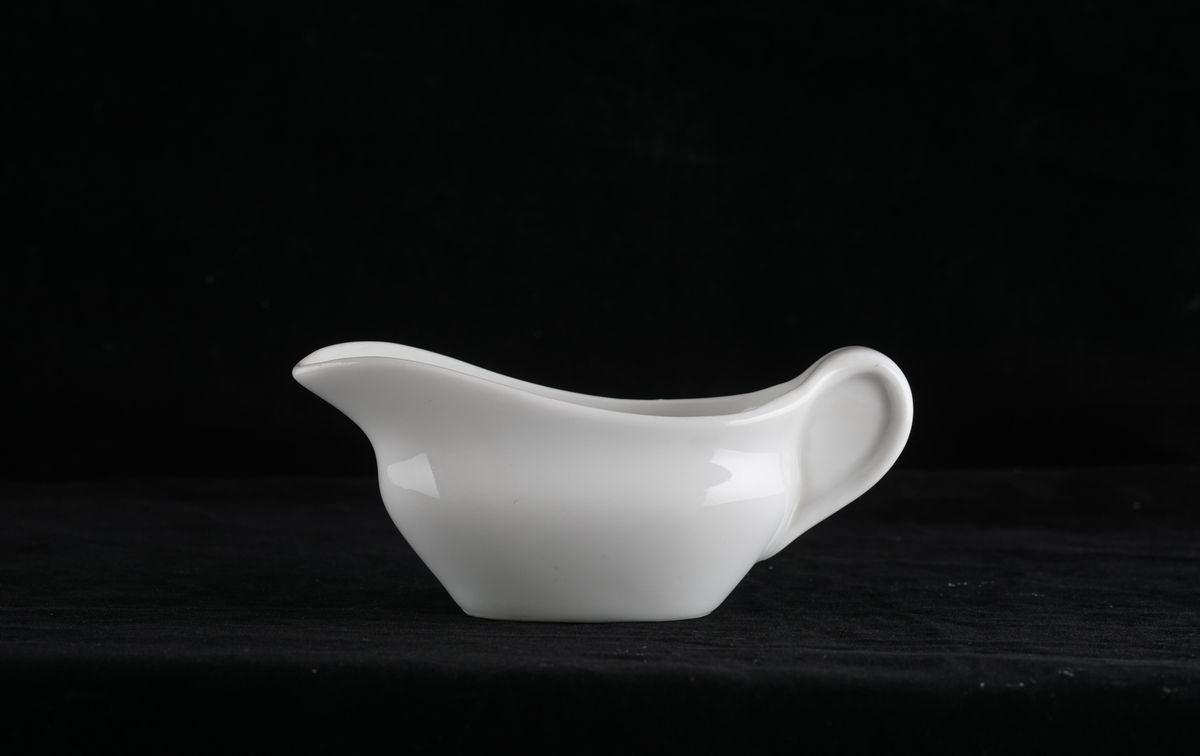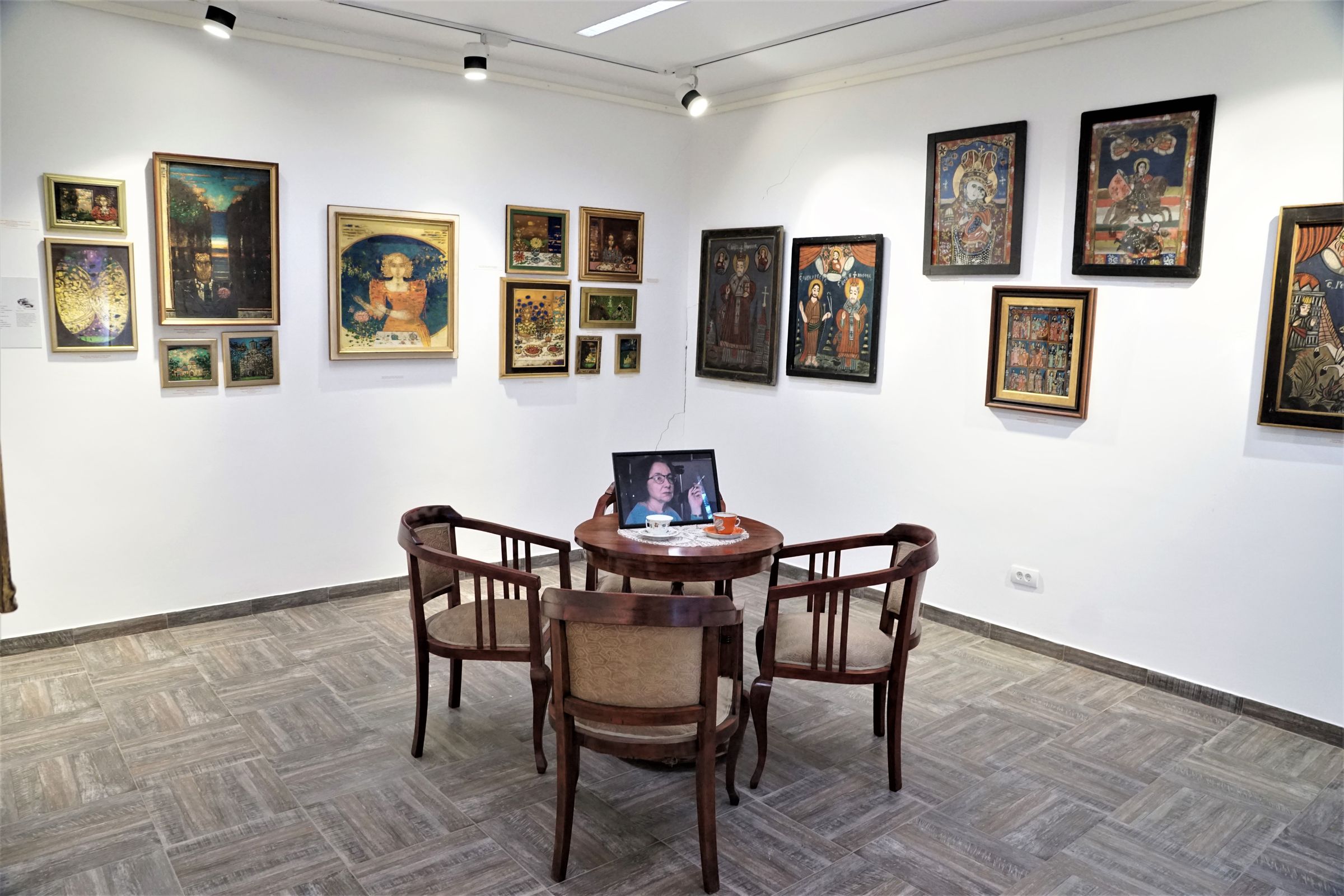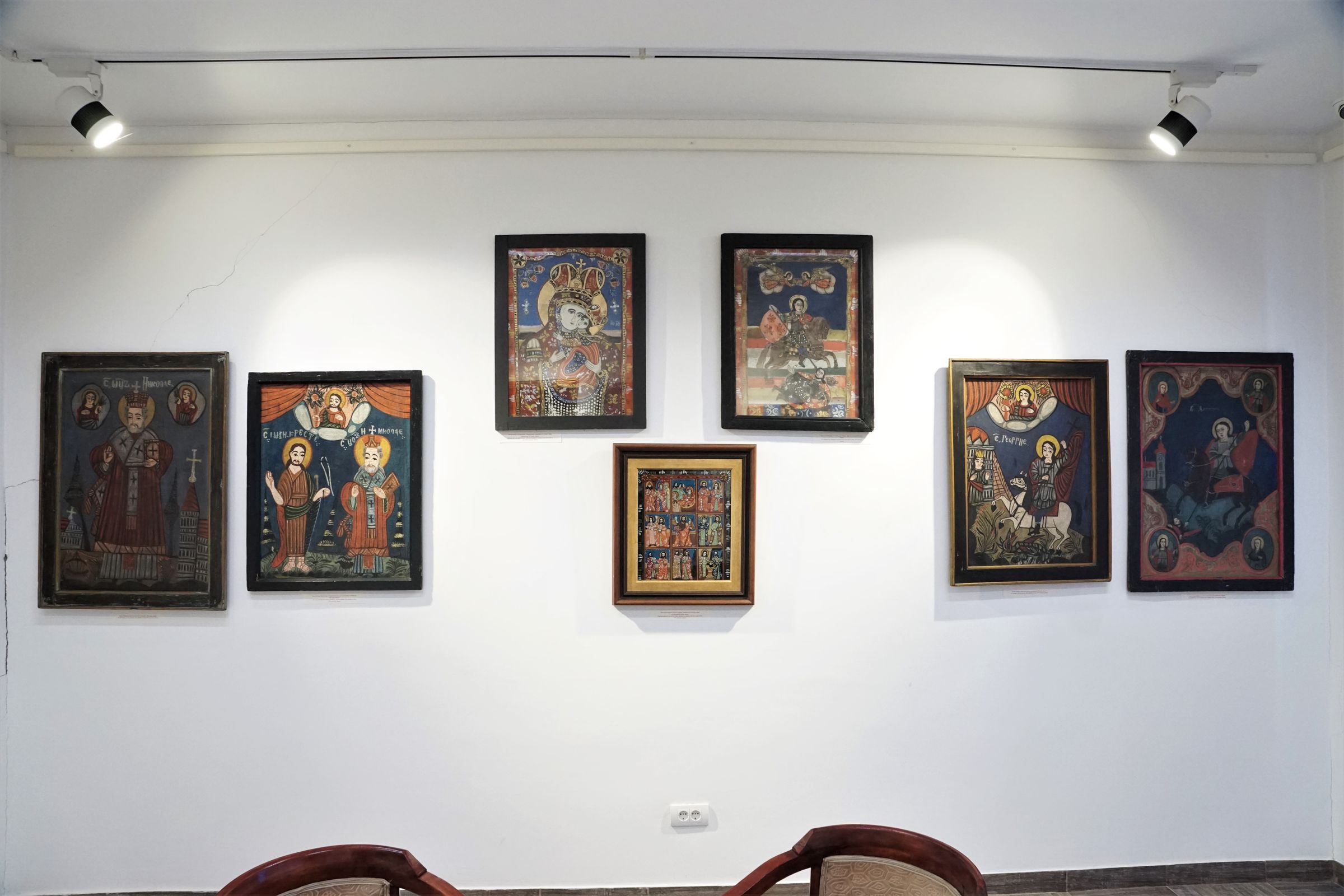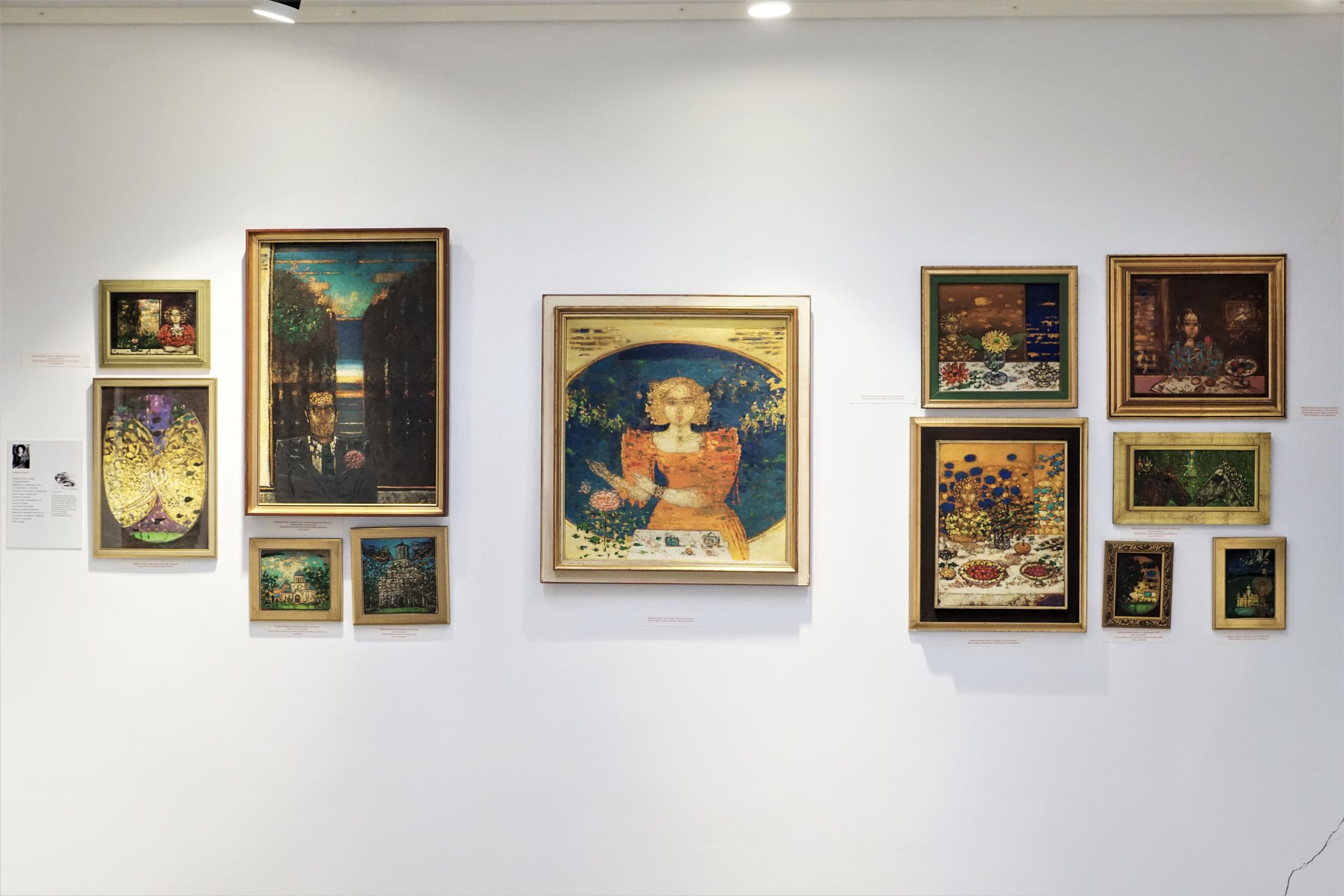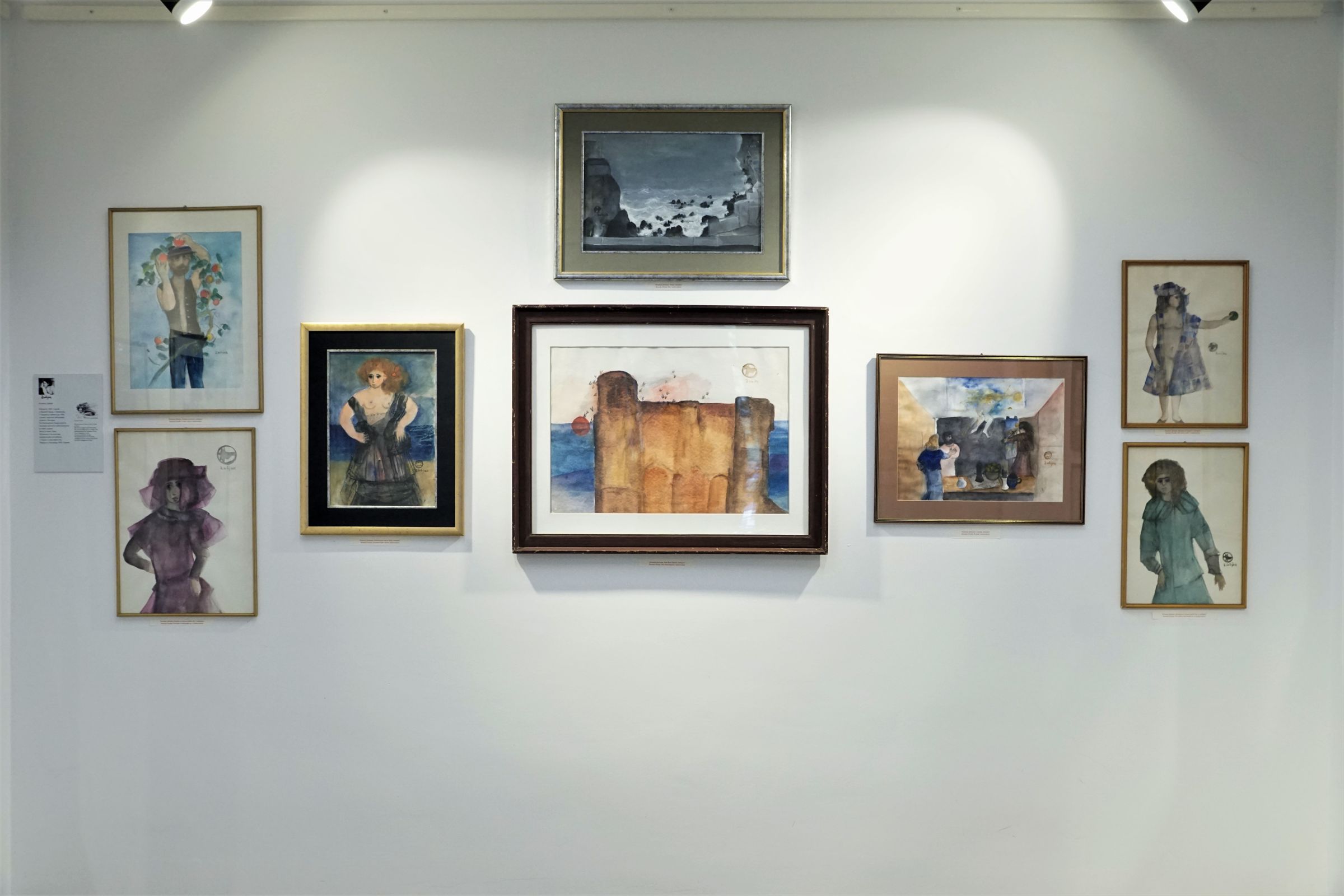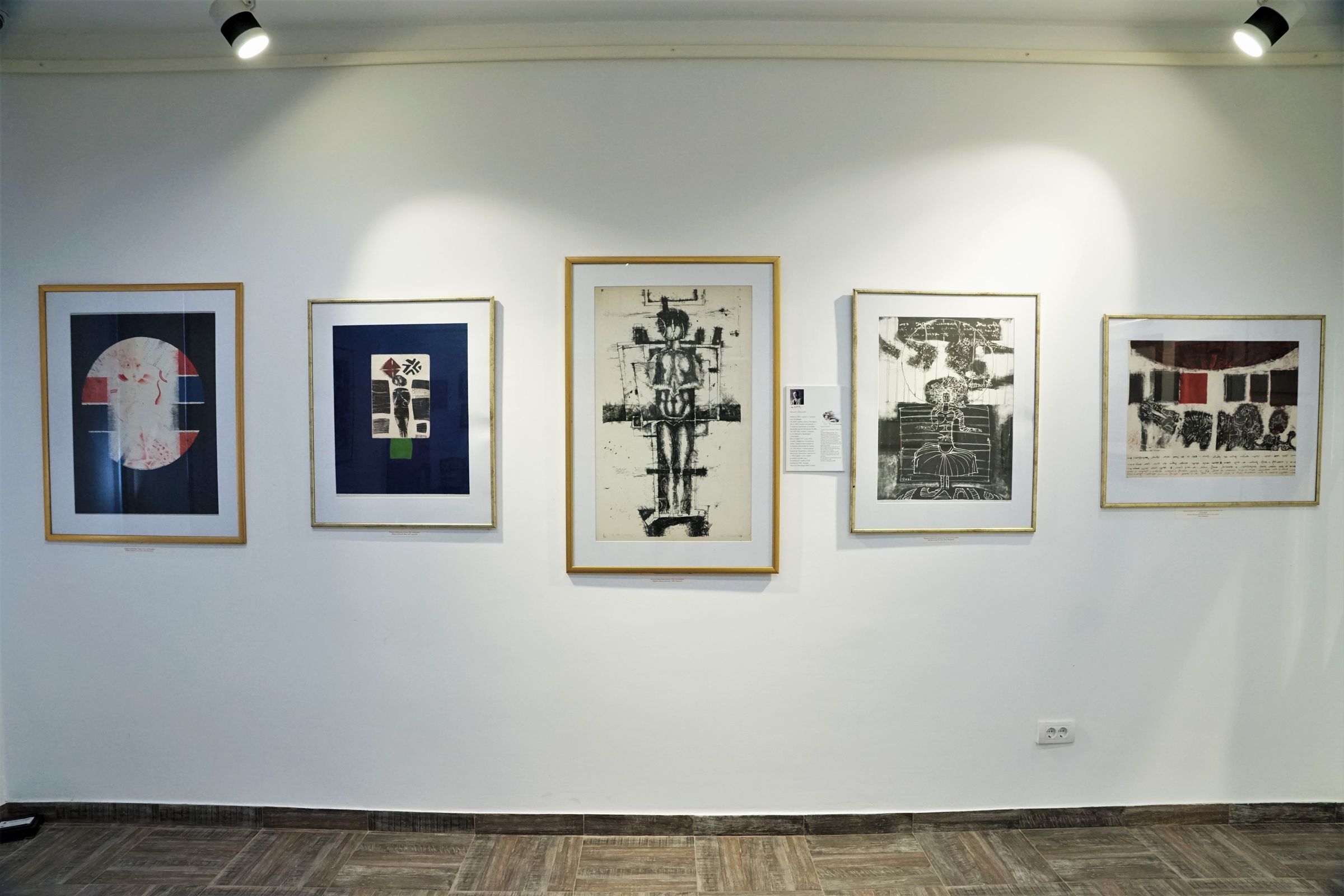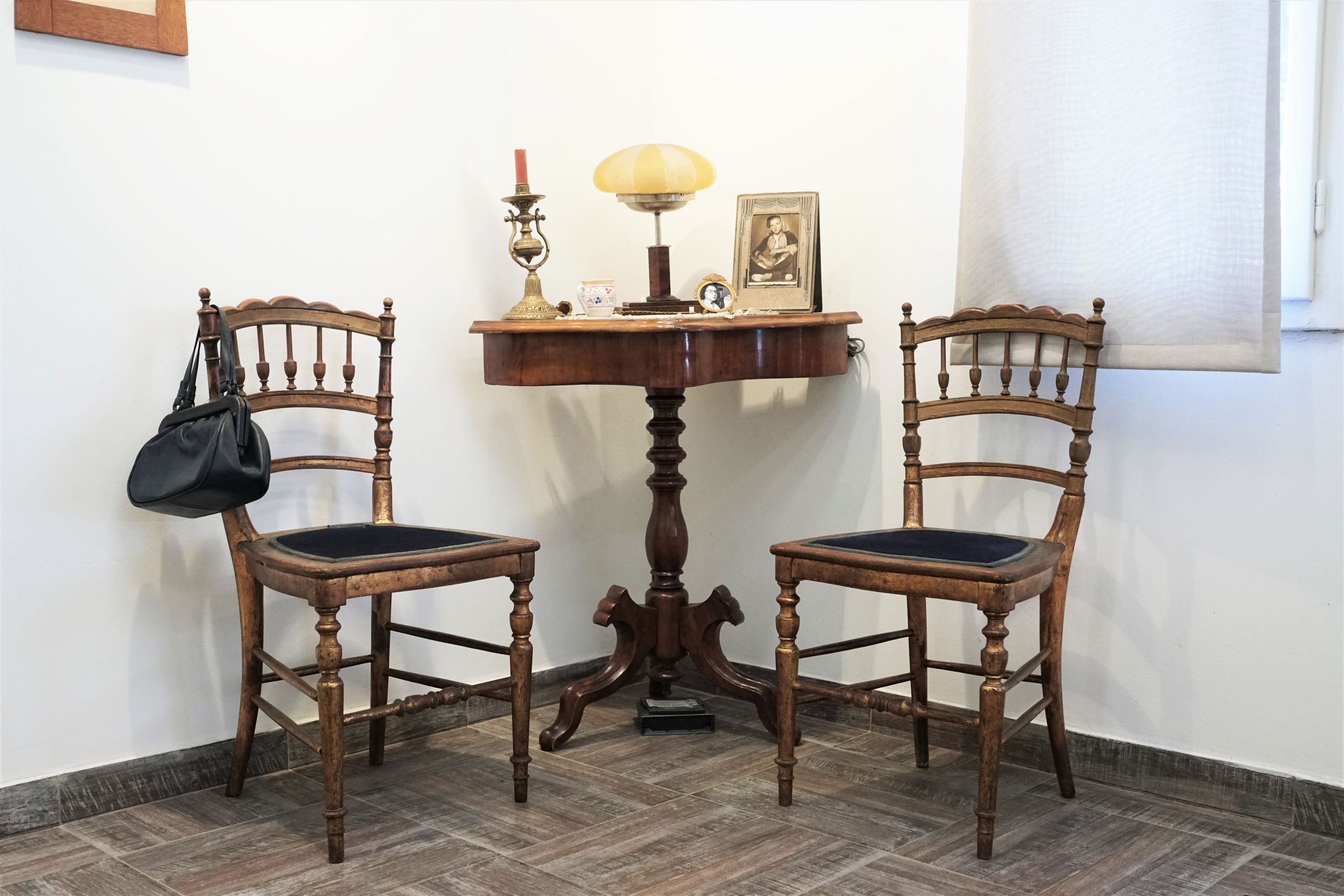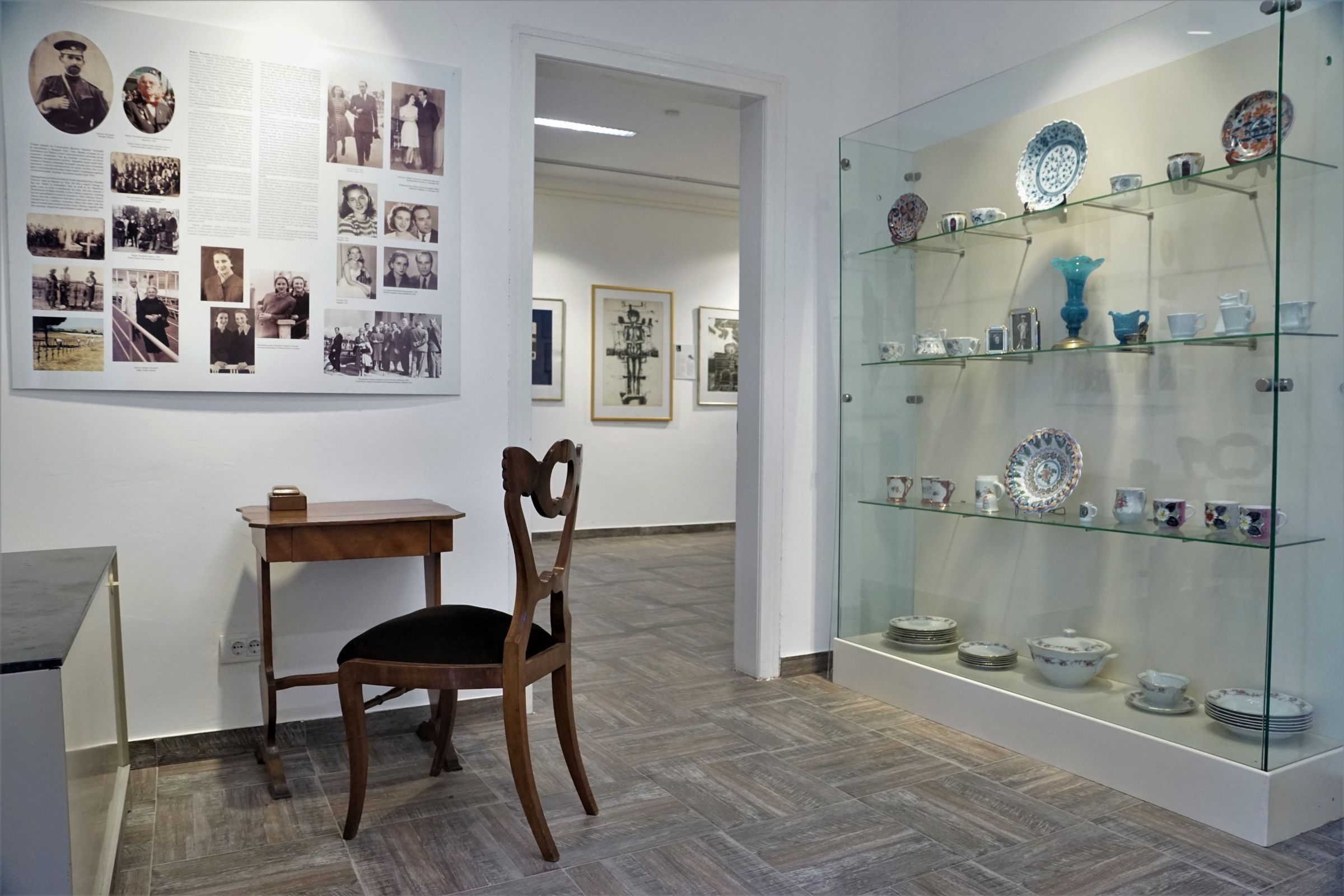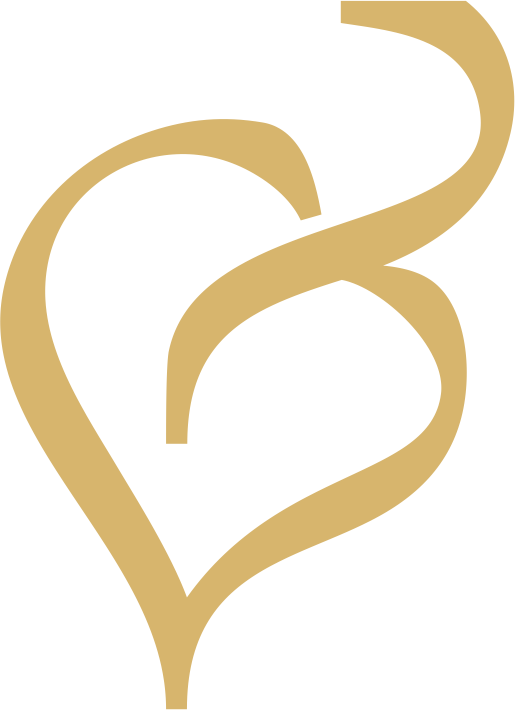
About the Legacy

In 1986, Olivera Radojković Čolović made her first gift to the National Museum Kraljevo – it was a collection of Serbian icons from the 19th century. Milorad Mihailović, as the director and the curator of the Art Collection, was the one who established cooperation with her. Two decades later, Olivera continued the cooperation, this time with the director Dragan Drašković. His professional commitment and continued efforts created the donor’s deep trust in the institution, and the result was the donation of this entire valuable bequest to the Museum. Thus, in 2005, an exhibition of the works of art from this legacy was prepared, announcing the forthcoming fund, while Olivera Radojković Čolović, according to her will made on May 18th, 2006, bequeathed her parents’ house in Karađorđeva 98 with the yard and all movables in the house, antique furniture, antique silver, glass and porcelain from her flat in Belgrade as well as all paintings (95 pieces), regardless of their location, to the National Museum Kraljevo. The stated property was bequeathed as a legacy, with the condition that a part of the donated material should be exhibited in the Čolović house as a permanent exhibition.
In 2007, the City of Kraljevo repaid the generous donor with the Diploma of Meritorious Citizen, taking into account that Olivera’s gift was the largest individual donation to the city from 1950. Upon the death of Olivera Radojković Čolović in 2010, the ownership of the legacy, according to her will, after the inheritance proceedings (Decree of the Basic Court in Belgrade number 3-O 1433/11 of 3.10.2012) was legally transferred to the National Museum Kraljevo. The project of house adaptation was elaborated; it was implemented from 2015 to 2016, when the Legacy of Dr Olivera Radojković Čolović was officially opened on May 21st, on the birthday of the donor and during the Museum Night manifestation.
The Legacy of Olivera Radojković Čolović is an extremely valuable and complex gift, which covers: the Čolović family house in Karađorđeva Street number 98 and 529 objects, which were proclaimed cultural property and entered in three museum collections. The Art Collection obtained the total of 137 works of art, i.e. 114 paintings, graphics and drawings and 23 icons on glass and canvas. The household items, i.e. 324 objects, and 35 pieces of furniture were classified into the Ethnological Collection, while the Historical Collection obtained 33 objects, which cover family photographs, documents, personal belongings, medals and awards. In addition, the Legacy also contains a rich study material (painting, drawing, household objects, family photographs, postcards, greeting cards, letters and personal belongings), which contributes to the consistent contextualisation of Olivera’s bequest.

About the Donor
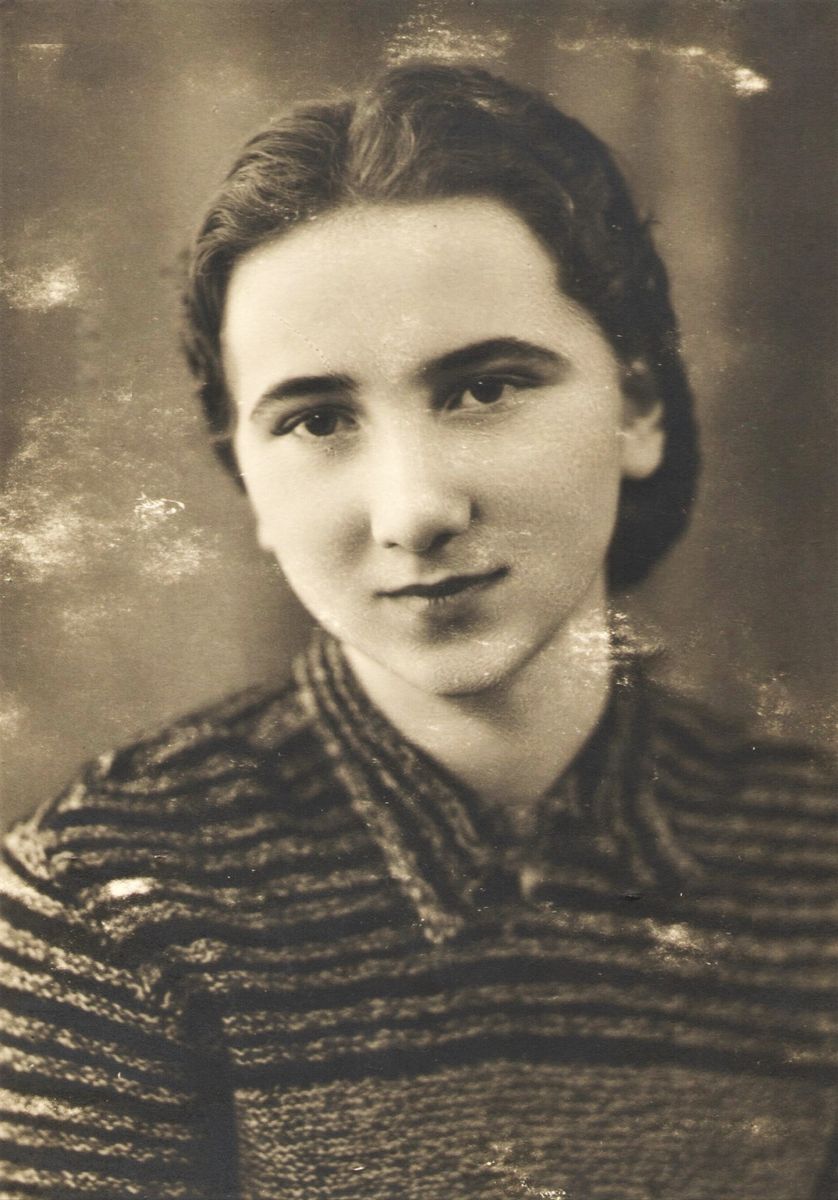
The rich and interesting life of the doctor and humanist Olivera Radojković Čolović was filled with an outstanding career in the field of anaesthesiology and reanimation, and equally with immeasurable humanity, by which she showed her great devotion to her hometown. She was born in the village of Drakčići in 1929, into an honest family of Žarko Čolović, a soldier who fought at the Salonika front, and mother Milosija (maiden Nešović). The Čolović family moved from Drakčići to Kraljevo, where they dealt with hospitality by renting restaurants in the centre of the town. Olivera grew up surrounded by parental love and was raised in the traditional spirit, “proud of being a granddaughter and daughter of Salonika warriors“. She was brought up to appreciate the value and importance of education and, according to her father’s wish, from her early childhood, with every newly mastered Serbian word, she learnt the same term in French, so that she spoke French as well as her mother tongue. She attended primary school and the Grammar School in Kraljevo, where she passed her school leaving exam in 1943. In that period, the war made Olivera’s paths cross the paths of her future husband, engineer Milan Radojković. Milan met Olivera when she was a Grammar School student and they got married after her school leaving exam, in Kraljevo on October 28th, 1945.
Marriage did not change Olivera’s wish to continue education, so she started studying medicine at the Faculty of Medicine of the University of Belgrade, from which she graduated in 1954. Her further professional rise is related to Dr Predrag Lalević, founder of anaesthesiology in Serbia, who worked at the Surgical Unit of the hospital “Dr Dragiša Mišović“. At the time when orderlies or doctor’s assistants gave anaesthetic, he accepted the offer in 1953 to specialise in anaesthesiology. In 1956, he managed to establish an independent department, which in 1969 grew into the Anaesthesiology and Reanimation Unit. Olivera Radojković and Nada Sušnik were the first who completed specialisation with Dr Lalević in 1957. Olivera enrolled in postgraduate studies and continued her professional development for two years in Copenhagen, earned her master’s degree in 1973 in Belgrade and Copenhagen and the title of primarius in 1975.
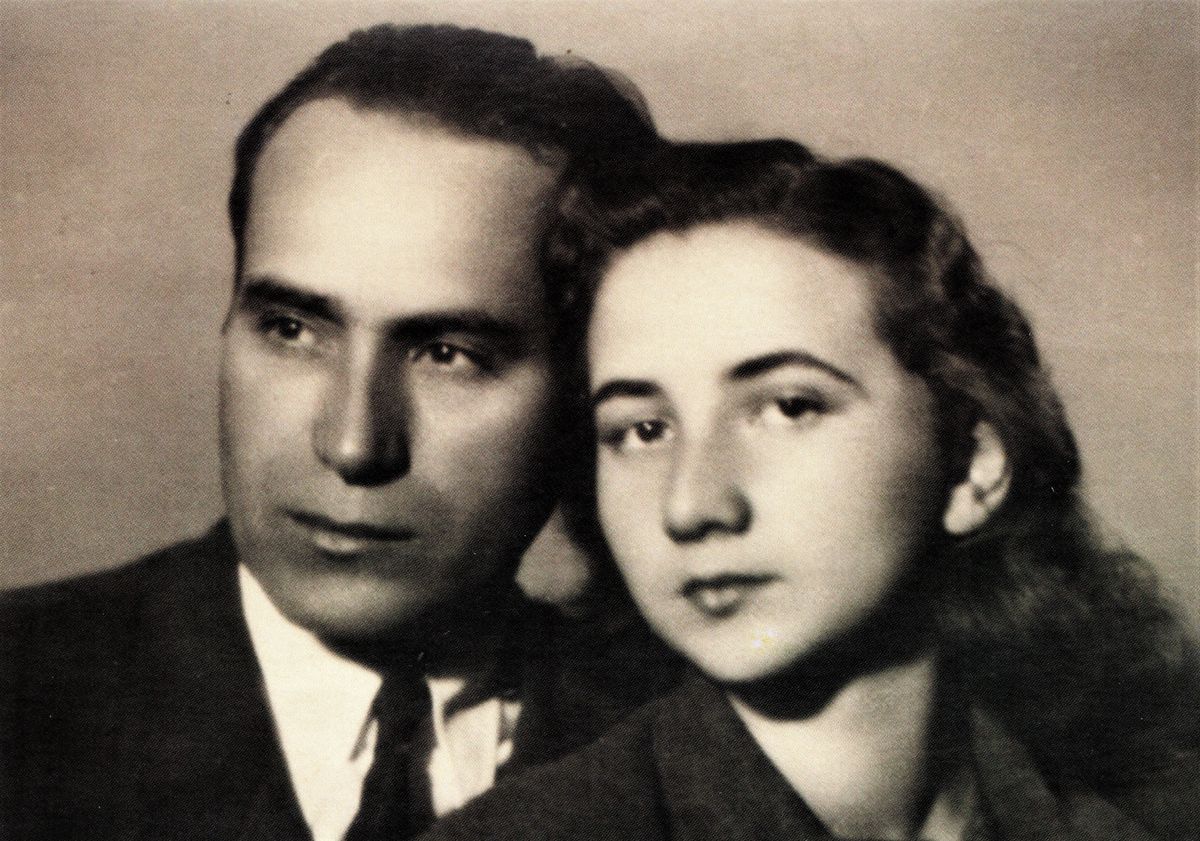
Her further specialisation took place in the hospitals “Dr Dragiša Mišović“ in Belgrade, Foch in Paris and Hammersmith in London. She earned her doctoral degree in Belgrade in 1980. She published 78 papers and participated in 40 congresses in her country and abroad. She acquired the title of senior scientific associate. During her doctor’s career, she worked in Tunisia from 1962 to 1964 teaching the anaesthesiology staff in that country. Nevertheless, she spent the largest part of her career in Belgrade. She founded the Anaesthesiology and Reanimation Unit at the Railway Hospital in Belgrade in 1964. She worked at the hospital “Dr Dragiša Mišović“ and was the head of the Anaesthesiology and Reanimation Unit at the Clinical-Hospital Centre “Bežanijska kosa“. Then she worked in the Netherlands for three years and after that returned to Belgrade to work in the Neuroradiology Unit at the Neurology Clinic, where she stayed until her retirement. Then she continued her career working as a doctor in a private hospital.
When the Association of Anaesthesiologists of Yugoslavia was established in 1968, she was elected its first president. She organised the first and second Anaesthesiological Weeks in Yugoslavia as well as the first Congress of Yugoslav Anaesthesiologists with international participation in 1969. She belongs to the most recognized experts of Yugoslav anaesthesiology and reanimation, which is proved by numerous recognitions: Diploma of Yugoslav Medical Societies (1966), Certificate of Appreciation of the Serbian Medical Society (1972), Medal of Dr Ivo Betini (1979), Charter of the Serbian Medical Association (1979). Her numerous medical recognitions are added by the Diploma of Meritorious Citizen of the Municipal Assembly of Kraljevo (2007), which she received as the donor of the legacy she bequeathed to the National Museum and, through it, to the city of Kraljevo. In addition to French, she spoke English and could communicate in German. She was classified into the most important names of Serbian physicians in the Biographical Lexicon “Eminent Serbian Physicians in the World“ (Belgrade; Toronto 2005).
Dr Olivera Radojković Čolović died in 2010 in Belgrade and was buried in the family tomb, in the Old Cemetery in Kraljevo, where her parents and her husband lie, too.
On December 16th, 2008, Dragan Drašković, director of the National Museum in Kraljevo, had a conversation with Oliver Radojković Čolović in Belgrade, which was recorded. Less than two years after that, she passed away, so this sound recording is the last authentic testimony of our donor. In a 47-minute conversation, Olivera talked about the Legacy, about her parents and growing up in Kraljevo. She told a dramatic story from October 1941, as well as the story of the suffering of her grandfather, the soldier on the Salonika front Tanasij Čolović, who died in Bizerte and the search for his grave, during his professional work in Tunisia.
One part of the conversation refers to the very idea of the legacy and its realization. We have singled out a part of the conversation in which the donor, Dr. Olivera Radojković Čolović, announces the idea of the meaning of the legacy he gives to his hometown and thus leaves his legacy.
In a way, I have envisaged it as a monument to my father who was a soldier on the Salonika front, old warrior, a monument to my mother, a monument to my husband and me, a common monument.
Bequest of Olivera Radojković Čolović
The Girl and the Soldier
In a long-recorded conversation that Dragan Drašković, director of the National Museum in Kraljevo, had with Olivera Radojković Čolović in Belgrade, on December 16th, 2008, at his request, Olivera told her story from the “terrible October of 1941 in Kraljevo” meeting of Fritz Orschowski, a soldier of the German army of Polish origin, with a crying twelve-year-old girl Olivera, in the yard of their house in Kraljevo, in mid-October 1941. Her father Žarko was arrested and at the time of the meeting he was in Lager as a hostage, from where the Germans take out and shoot several hundred people every day. Olivera and her mother did not know if her father was still alive. Many years later Olivera wrote:
It was a period when we intensively socialized with death, a period that left a lasting mark in my soul and which influenced the creation of my own philosophy of life, which compared every further (later) life’s trouble with the terrible October of Kraljevo and thus devalued. October has been present throughout my life (“Kraljevački gimnazijalac”, October 1978).

The Čolović House
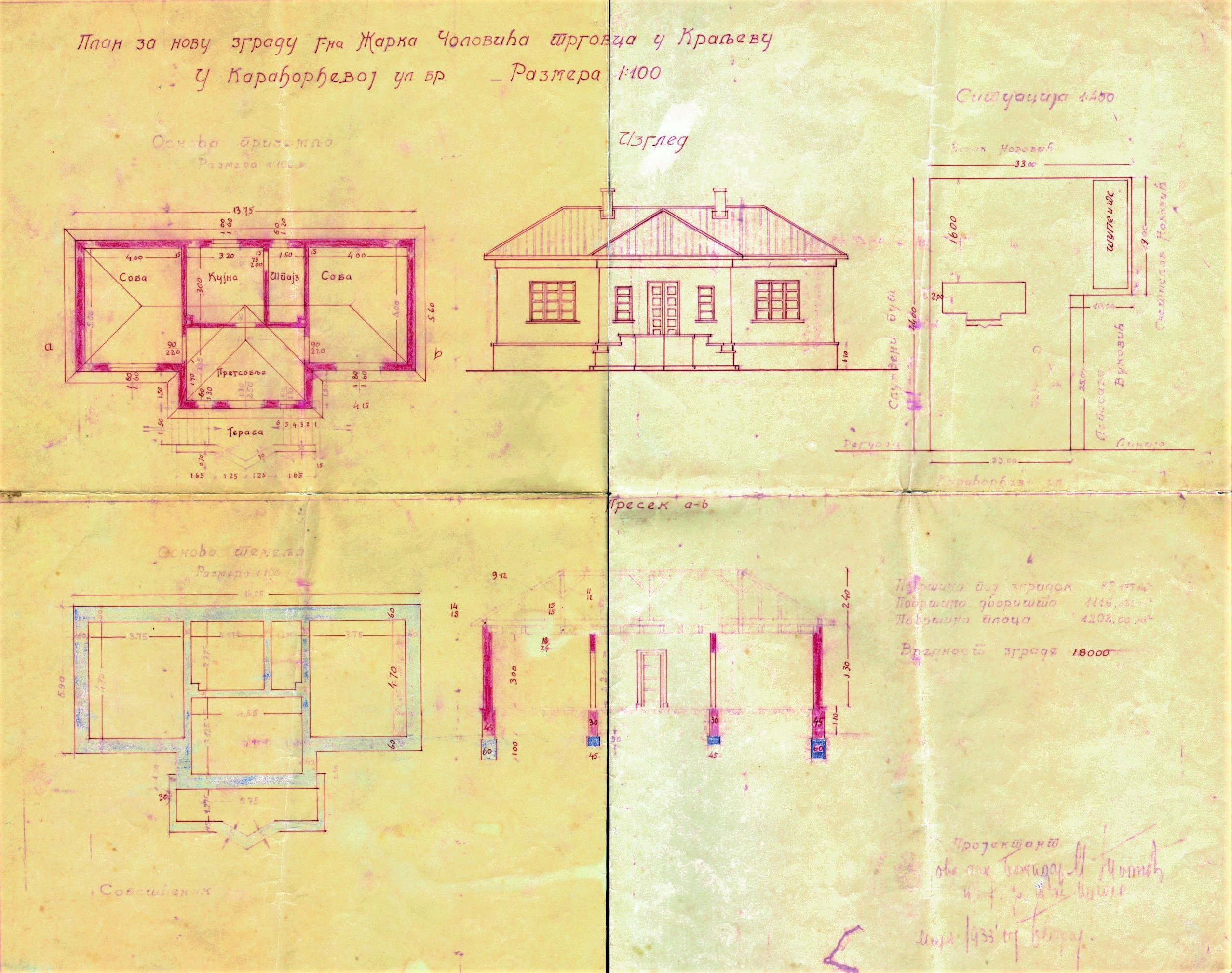
During the thirties of the last century, Kraljevo saw its faster industrial, craft and traffic development, which led to the increased number of inhabitants and influenced the flourishing of hospitality industry, which Žarko and Milosija Čolović dealt with. Until the beginning of 1933, they collected enough money to by a 5-acre plot in Karađorđeva Street from the baker Novak Novović. The plan for the house, which has been preserved, was drawn by the reputable architect Božidar M. Tomić, teacher in the Secondary Technical School in Belgrade, according to his signature on the plan, with the date and place: “March 1933 in Belgrade“. Božidar Tomić later became a professor at the Faculty of Architecture and one of its deans. The plan of the house of 91 m2 contains a kitchen with a pantry, two rooms and a spacious anteroom, with a balcony in front of the entrance which is accessed via staircases on either side, and the cellar is below the house. The anteroom is designed in such a way that a part of its base projects outwards from the rectangular base of the house and has its roof structure.
The entrance with its double wing door, whose upper part ends in an arch, is thus already emphasised, but it is also stressed with two narrow arch windows on either side, the masonry eaves having rounded corners and, finally, with the balcony with two staircases. The three-winged room windows, one to the left and one to the right of the entrance, are also arch-shaped on their upper ends. The elevated foundations and the balcony in front of the house are made of stone. The arch windows and the absence of ornaments on the façade are some of the features of modern architecture, which was a characteristic style in the thirties, and the architect Božidar Tomić designed the Čolović house in that spirit. Within the built heritage that relates to the private houses owned by wealthier families in Kraljevo during the first half of the 20th century, the Čolović house does not have its counterpart in the city.
The house is located in the bottom of the yard and in front of it there is a garden which stretches up to the entrance gate. Olivera often bought seeds and plants in the countries where she worked as a physician and sent them to her parents in Kraljevo. That is why the garden has exotic bushes, trees and flowers and several fruit trees, which makes it a remarkable horticulture whole.
The house was adapted in the period 2015-2016 by turning two rooms and the anteroom into an exhibition space, and the kitchen into an official room.

Works of Art within the Legacy
In parallel with the main course of life of Dr Olivera Radojković Čolović, which was determined by the chosen profession of physician, there is another dimension holding her great and passionate inclination and love for culture and art. It was expressed already during her student days when she began to buy, and then to obtain icons, paintings, drawings, graphics and other artistic objects. As she herself pointed out, she started her collection with icons, and that is why Olivera’s first gift to the National Museum Kraljevo in 1986 was the Collection of Serbian icons from the 19th century. The collection contains 13 oils on canvas and 8 tempera paintings on glass, and the icons were created in the Danube region by unknown self-taught icon painters.
Thanks to the couple Srbinović, before all Mirjana Mihać Srbinović, Olivera grew fond of the world of art and entered it more seriously when she met the closest circle of their friends, Ksenija Divjak and Mario Maskareli. The four of them had been very good friends and respected one another from their early student days. Namely, all of them belong to the first postwar generations of students educated at the Academy of Fine Arts in Belgrade. In 1949, Mirjana Mihać was appointed one of the first assistants, and Mladen Srbinović was appointed assistant four years later. He himself pointed out that he had met Ksenija Divjak in the school of Mladen Josić, at the time of occupation, before enrolling in the Academy, and Mirjana had already been close to Ksenija Divjak and Majda Kurnik. They all went to Italy, on their first study tour, in 1954. From then on, up to the end of their lives, they remained friends. Olivera Radojković Čolović entered this circle as a bridesmaid and a family friend of the Srbinović family, Mladen and Mirjana, while she was a close friend with Ksenija Divjak until her last days. Their paintings, in which Olivera was a frequent motif, are dedication to friendship and gift giving. Hence, the most numerous works in the collection are those painted by Mirjana Mihać (37), Mladen Srbinović (34), Ksenija Divjak (20) and Mario Maskareli (4 works).
Two decades later, Olivera Radojković Čolović donated a valuable Collection of works of art to the Museum; it consisted of the works created by significant authors of contemporary Serbian art. This complex artistic unit contains 114 works of art created by 20 artists. Besides the mentioned artists, this collection leads us through the valuable drawings of Petar Dobrović. Dado Đurić, Mića Popović, sophisticated works of Milo Milunović and Ljubica Cuca Sokić, authentic works of Sveta Lukić, Šana Lukić, Boža Ilić, Danica Antić, Momo Kapor, Ana Počuča, Lidija Macura, Relja Penezić, Vasa Dolovački, Ljubica Mrkalj, Slavica Vučković abd Stoja Rađenović.
The artistic bequest of Olivera Radojković Čolović is a representative whole, which mostly comprises the works of artists that belonged to a generation which created in the decades after the Second World War. Hence, its status and role are of great importance for our art history, i.e. for understanding and interpretation of general and, much more, of individual artistic narratives, such as the opuses of Ksenija Divjak, Mirjana Mihać and Mario Maskareli. On the other hand, this legacy is the holder of an authentic, specific story about the relationship between the collector and the artists based on friendship and mutual trust.

Collection of Household Items and Furniture
The objects made of porcelain, glass, ceramics and silver, as well as the pieces of furniture made of wood are united into a unique collection and, as such, presented together as the Legacy in Olivera’s family house in Kraljevo. The collection contains 354 household objects and 35 pieces of furniture. The exhibited objects designed for usage and decoration are made of porcelain, ceramics and glass, in combination with different ornaments of precious metals, and they were painted and created in prestigious Western European workshops in the 19th and 20th centuries (Chodau, Klosterle, Villeroy & Boch, Fischer & Mieg – Bohemia, Meissen, Altrohlau, Eichwald, Schlaggenwald, Carl Knoll Carlsbad, Sarreguemines), which had a considerable share in the development of our cultural life. The collection is exceptional both by the number of preserved samples and by their functional and stylistic characteristics.

Permanent Exhibition
After the renovation of the house, two rooms were turned into halls for exhibiting works of art, while the anteroom of the Čolović house is intended for exhibiting household objects, furniture and narratives about the Čolović family and the donor Olivera Radojković Čolović. Altogether they make a compact whole, so that visitors enter the anteroom, where a story about the donor and her family, together with their household objects, wait for them, and then, from the anteroom, they may enter the halls to the right and to the left. The right hall is intended for older art – icons and other works of art – and a drawing room with a large picture of the donor. The ambience of family house is created here. In the other hall, to the left of the anteroom, the emphasis is on contemporary art and that hall is intended for various kinds of programmes, from lectures, promotions, evenings with the public to the workshops for children and young people.
